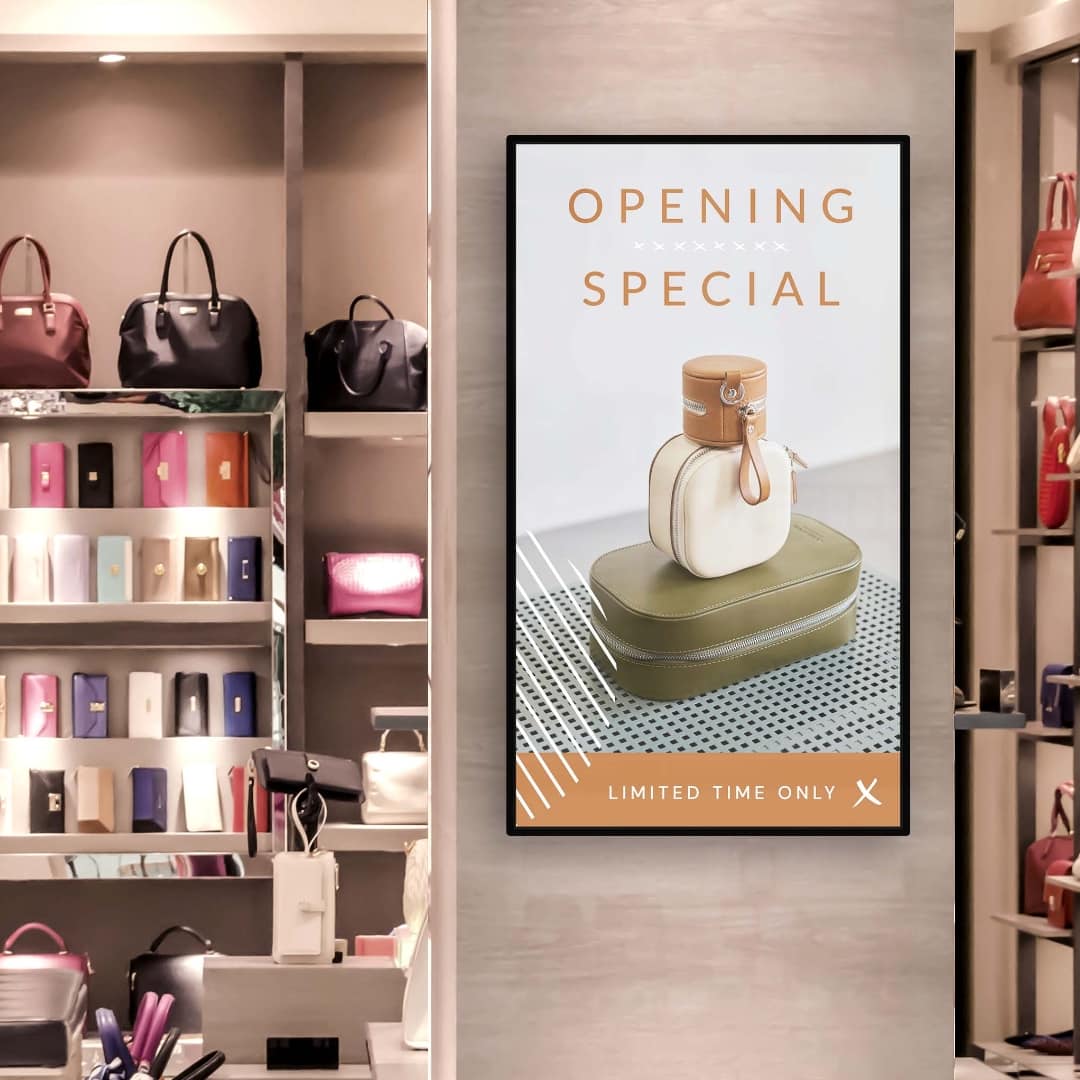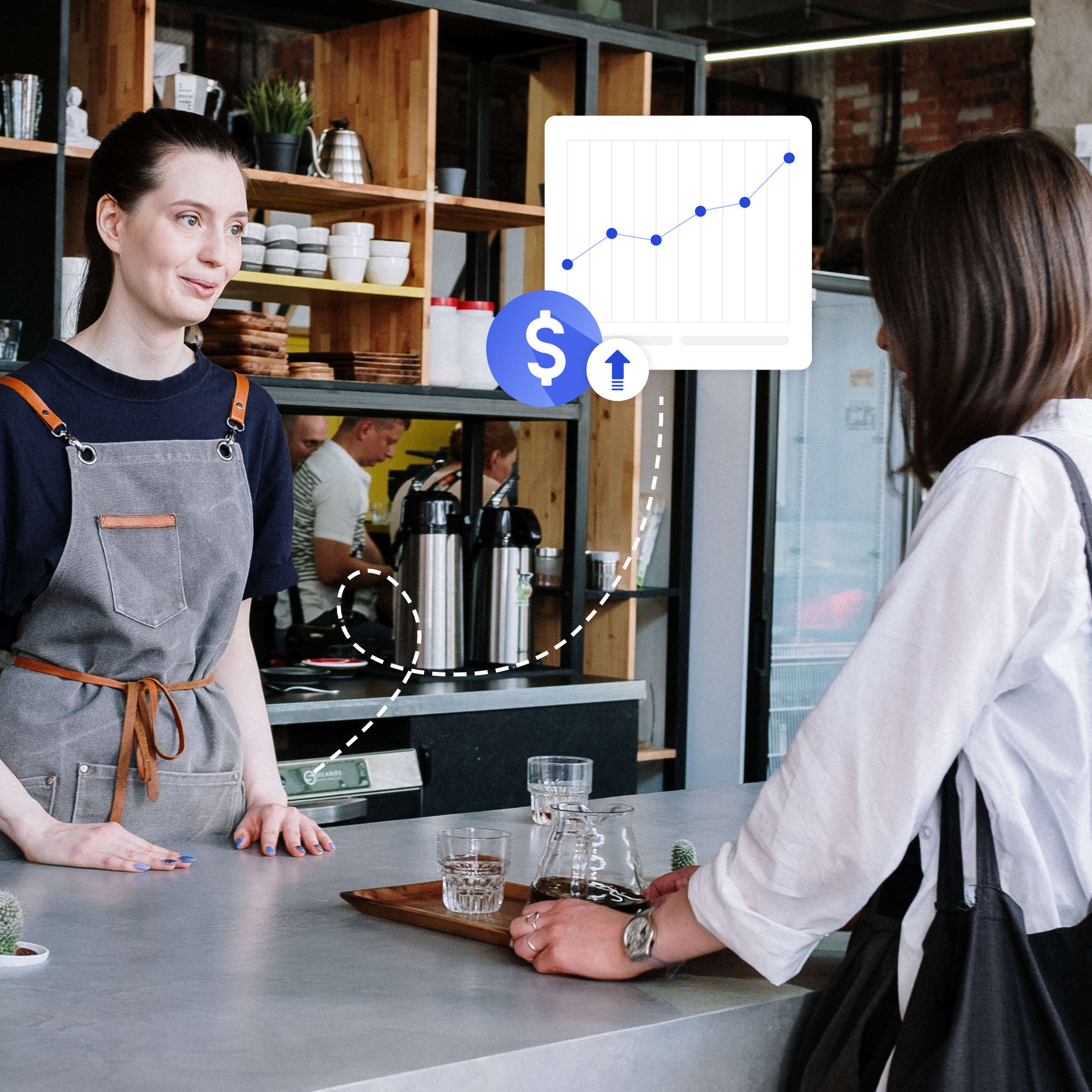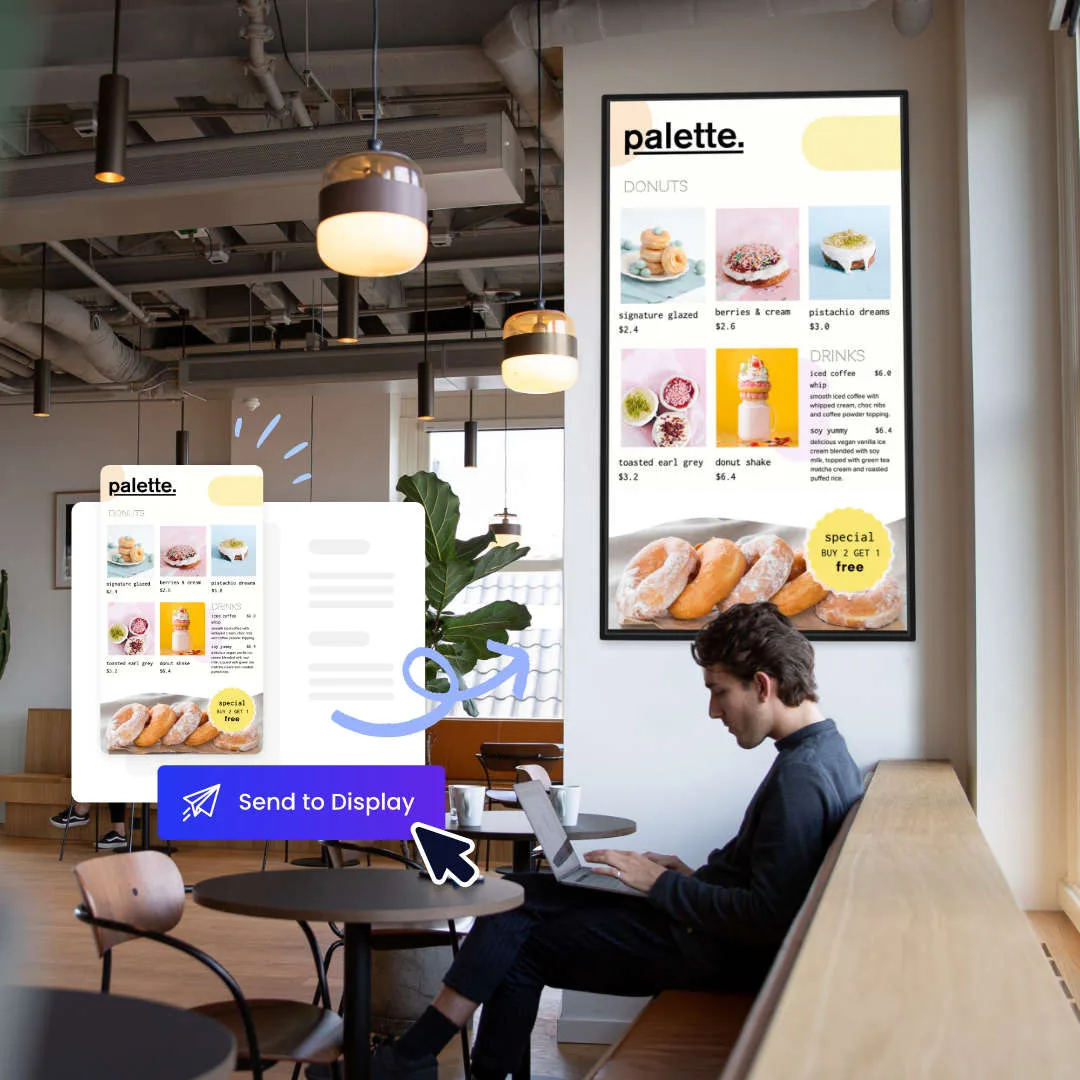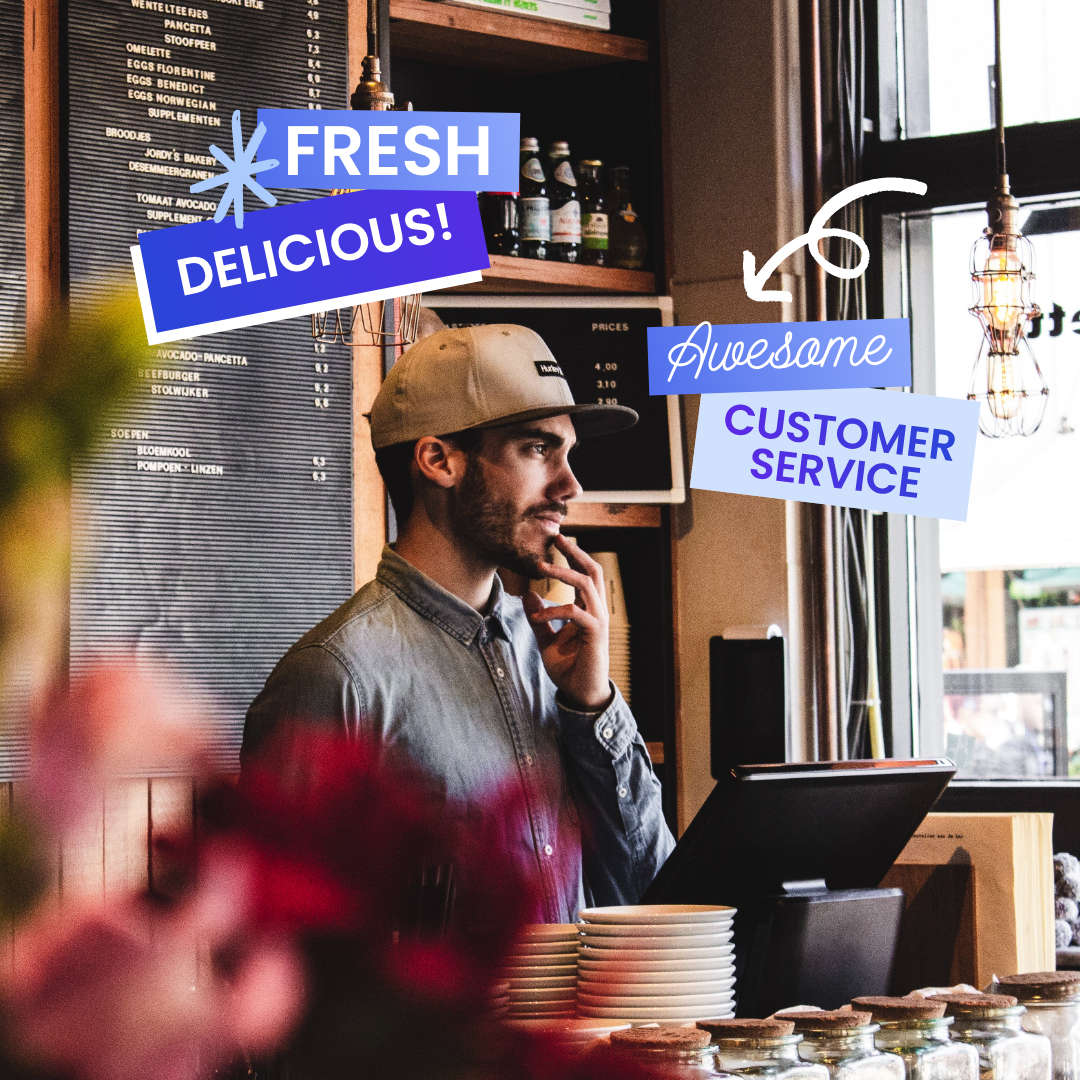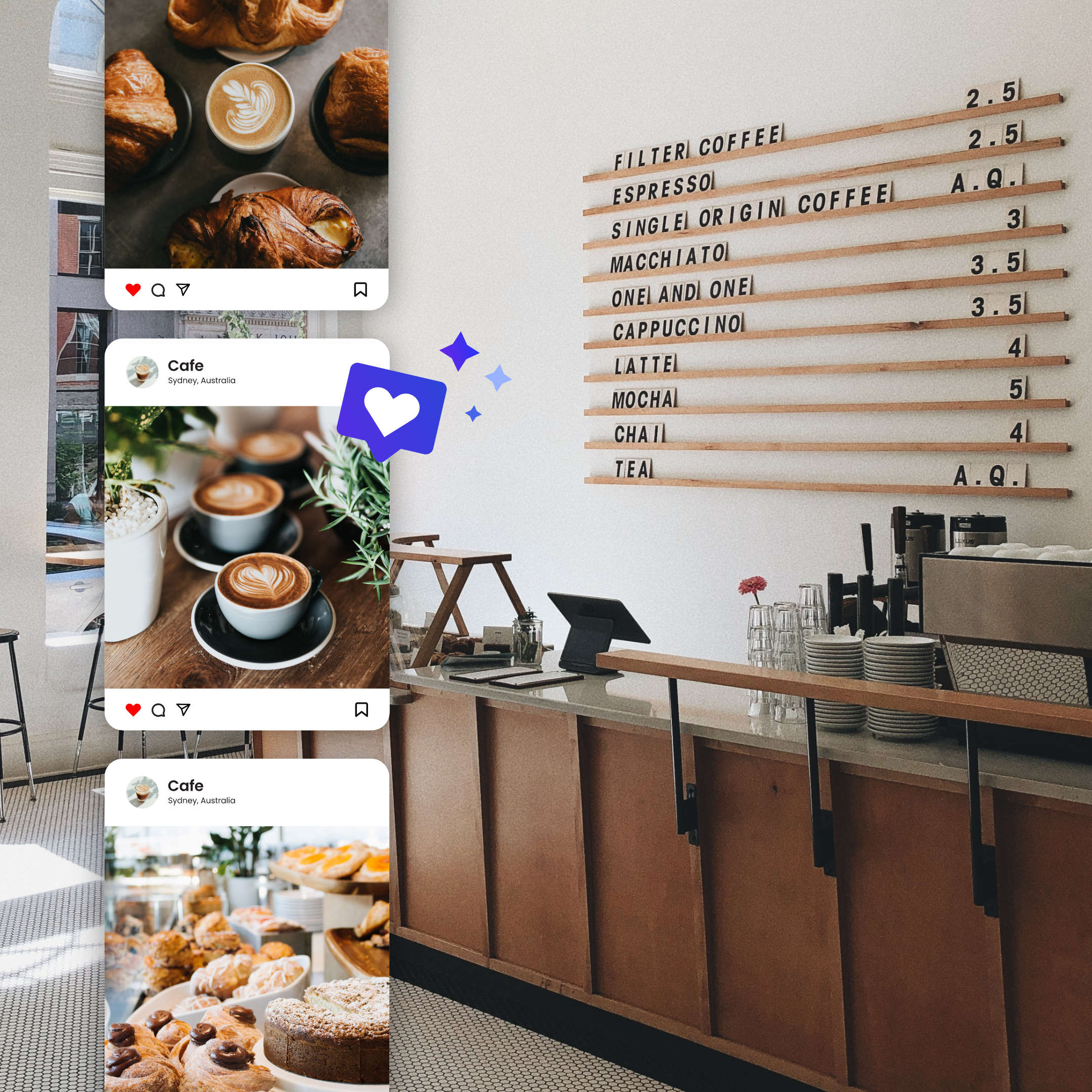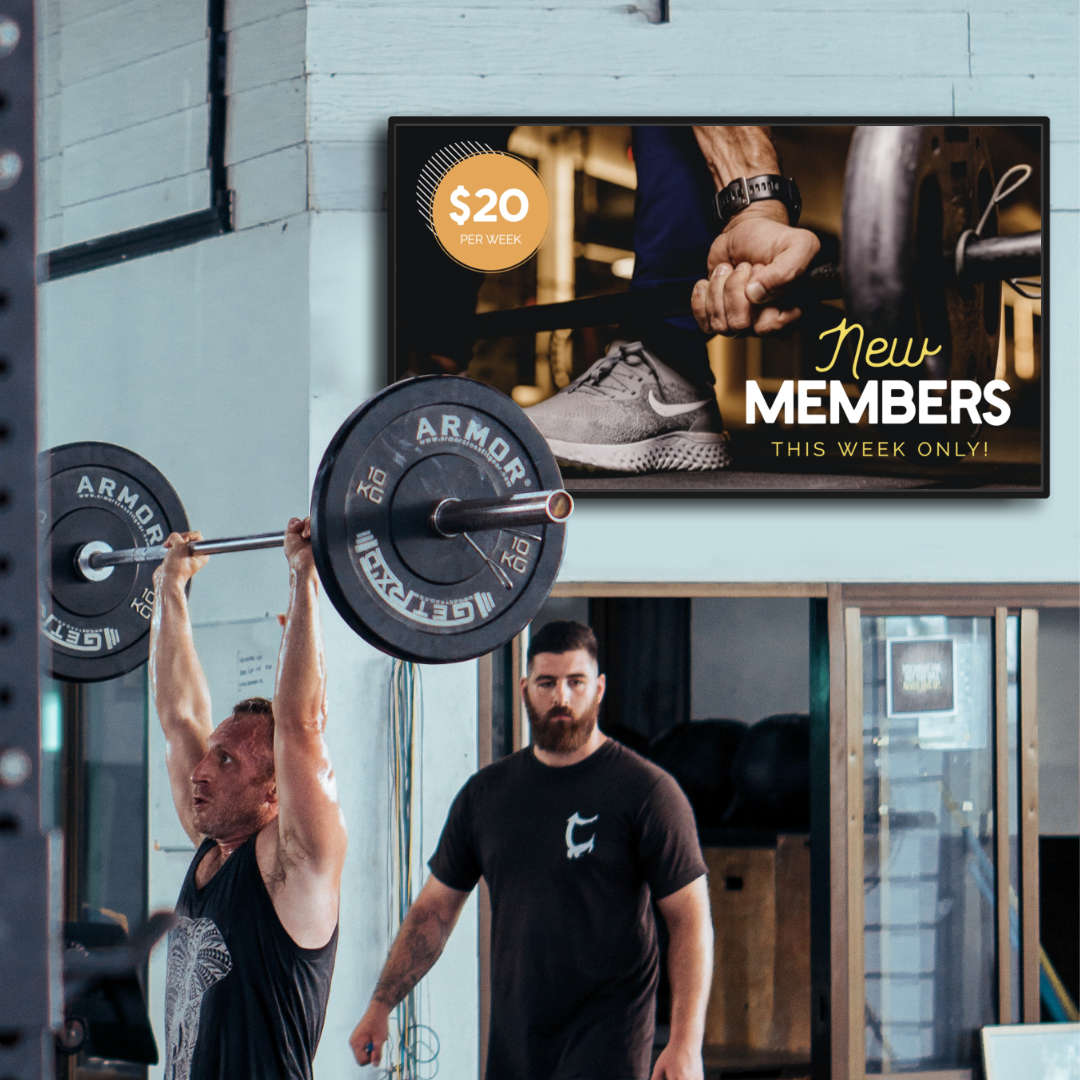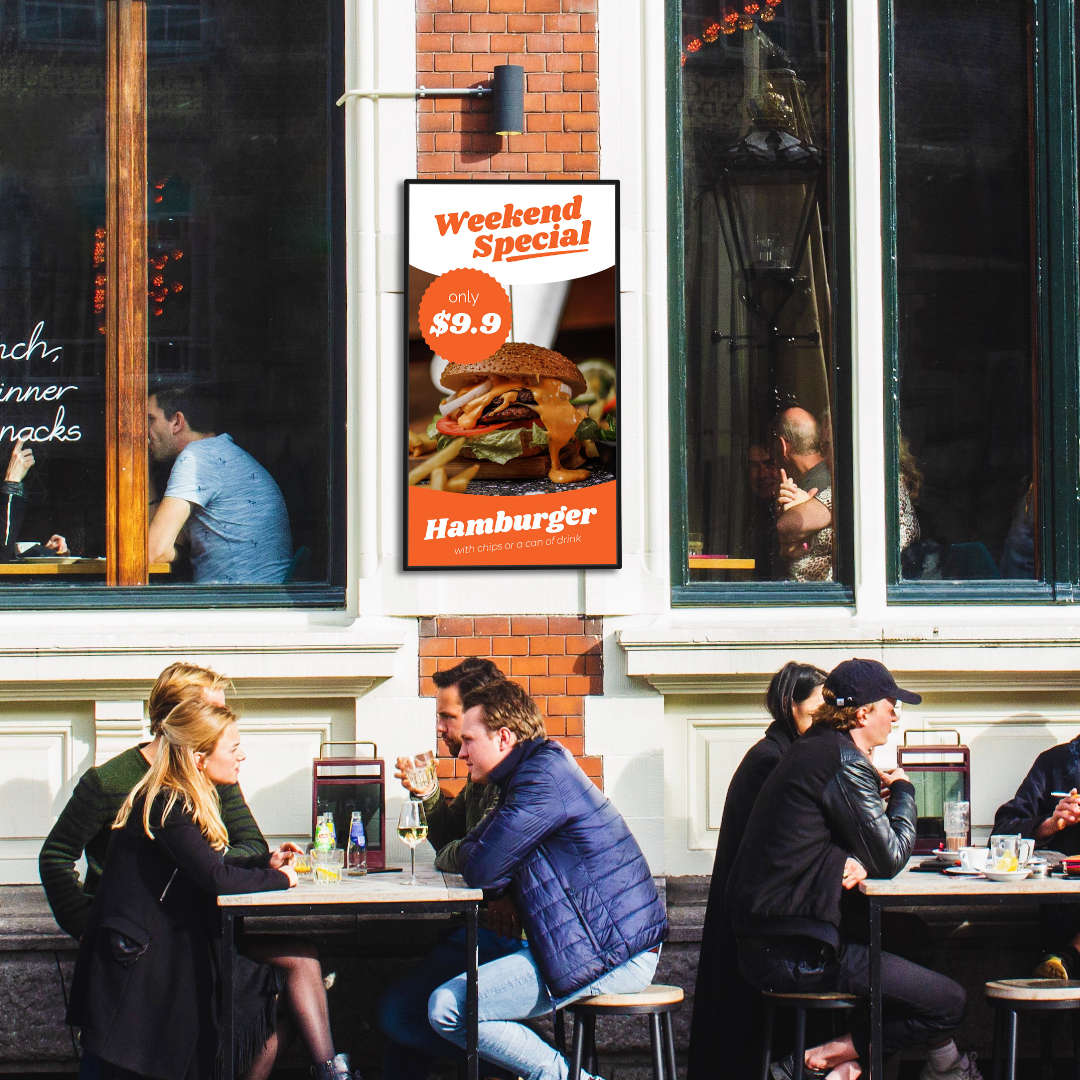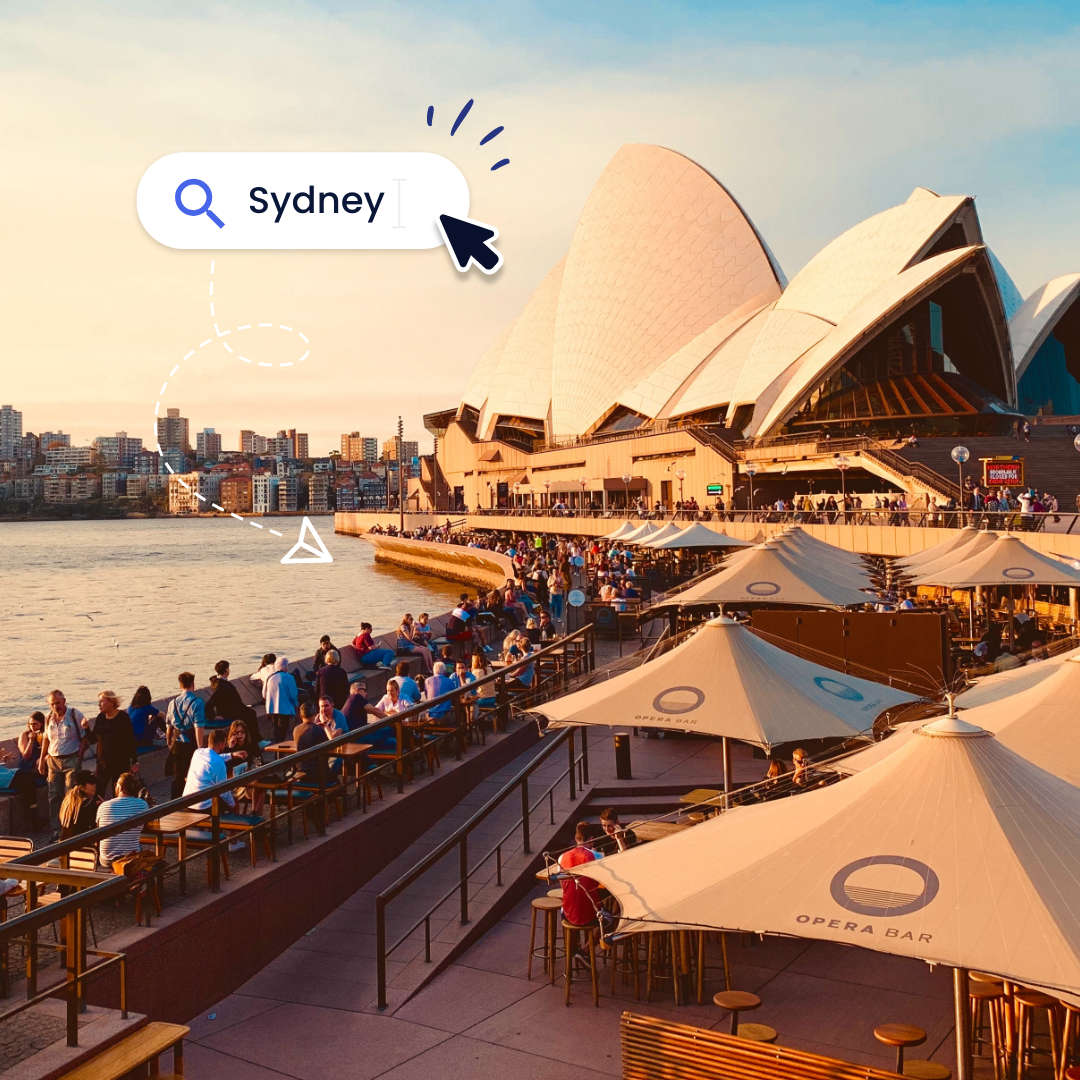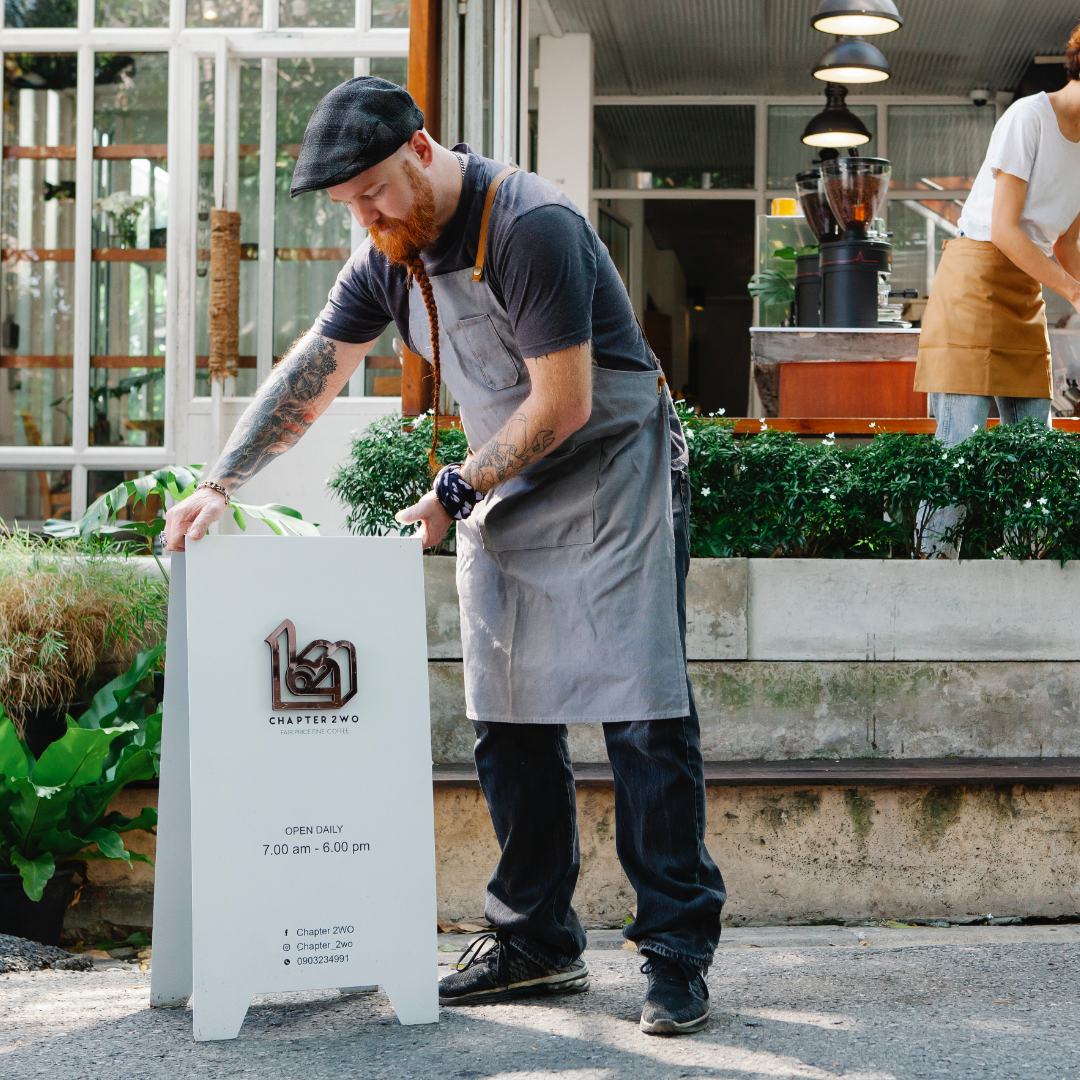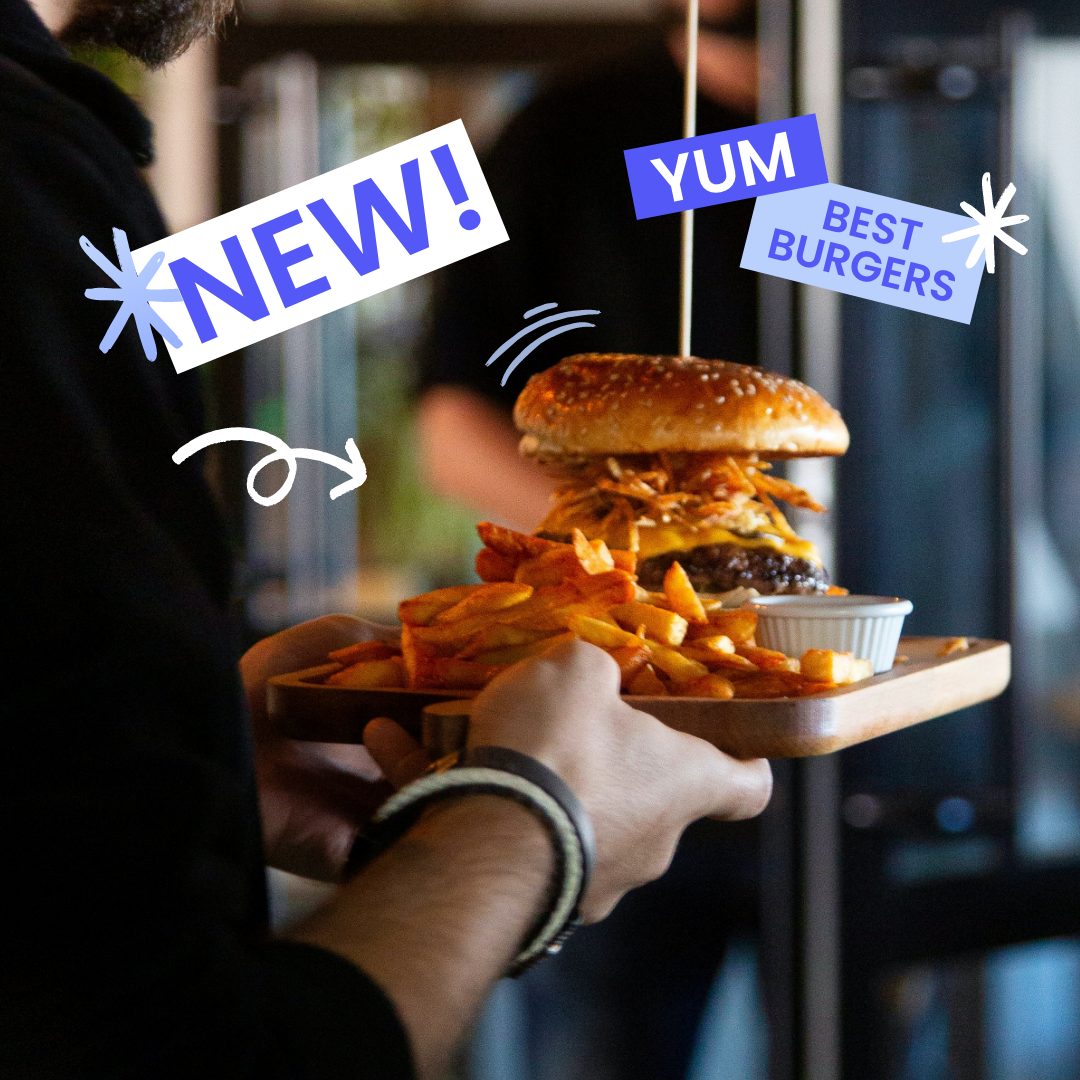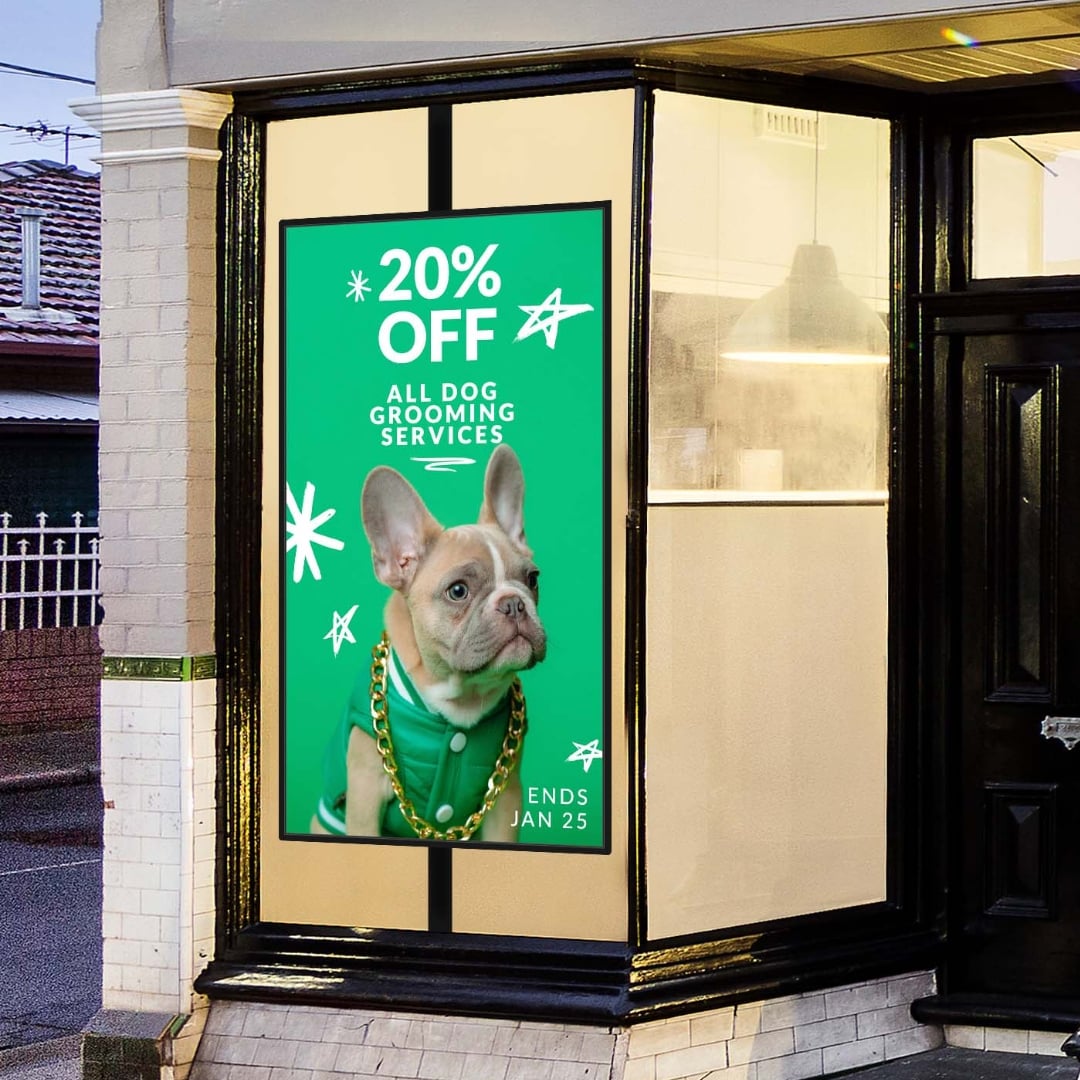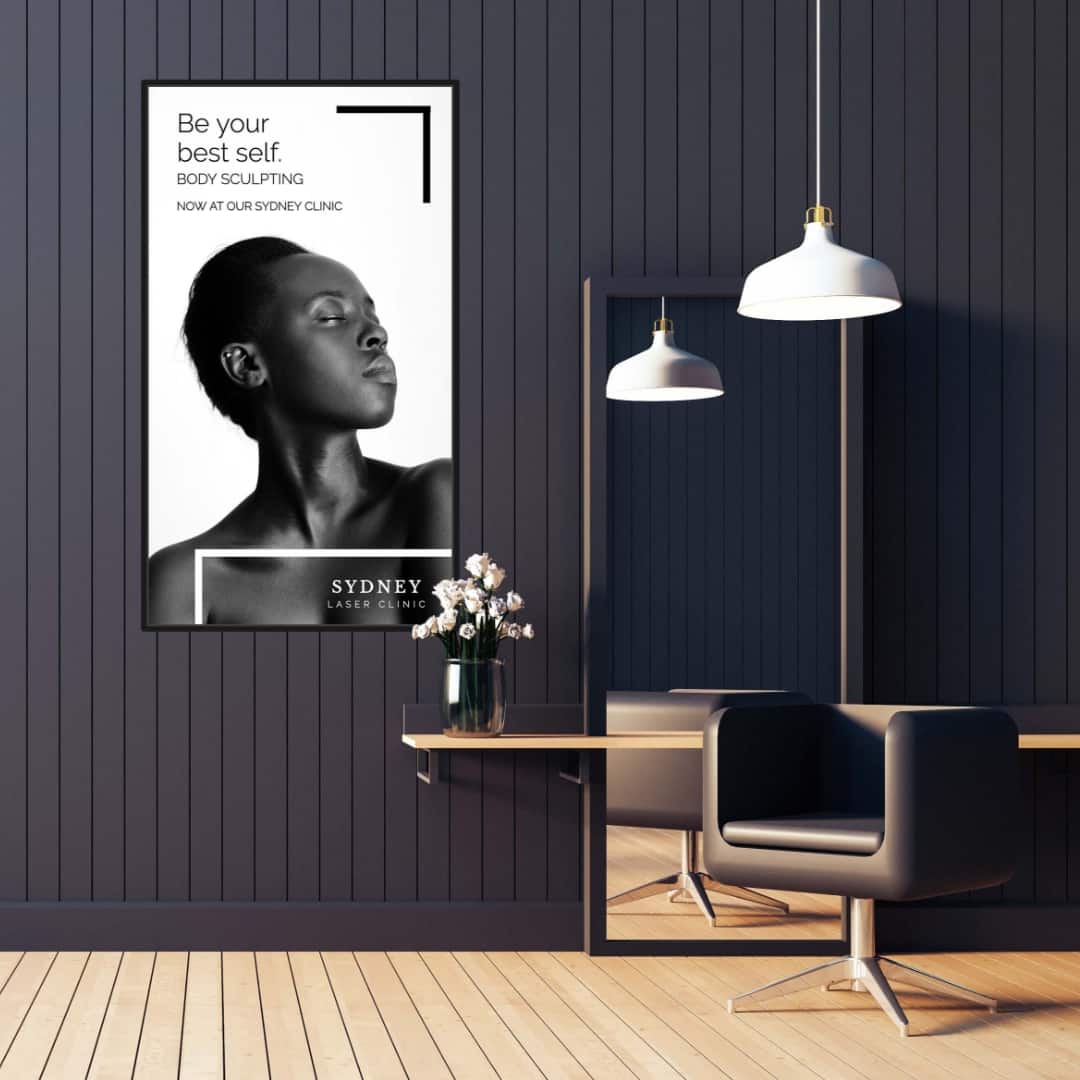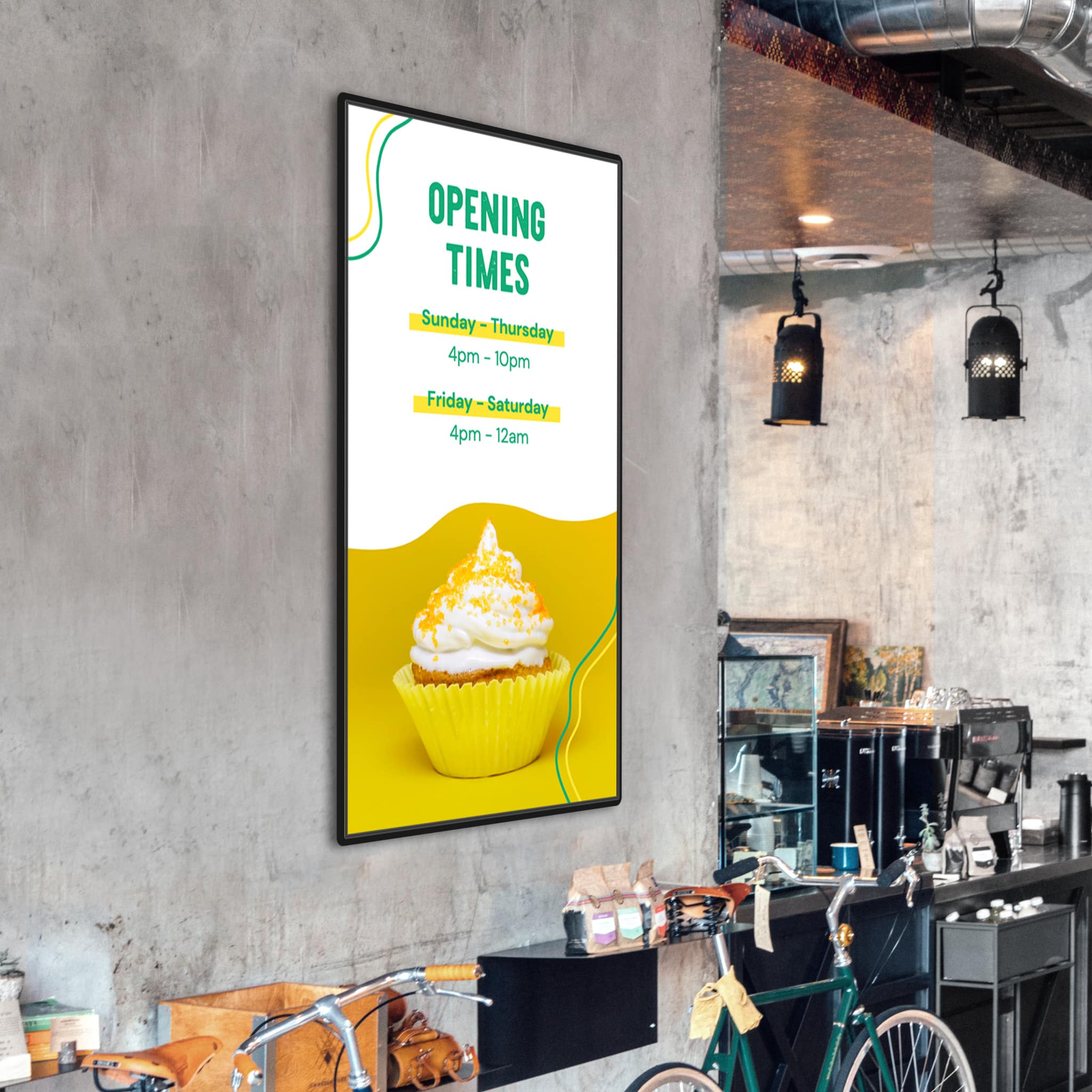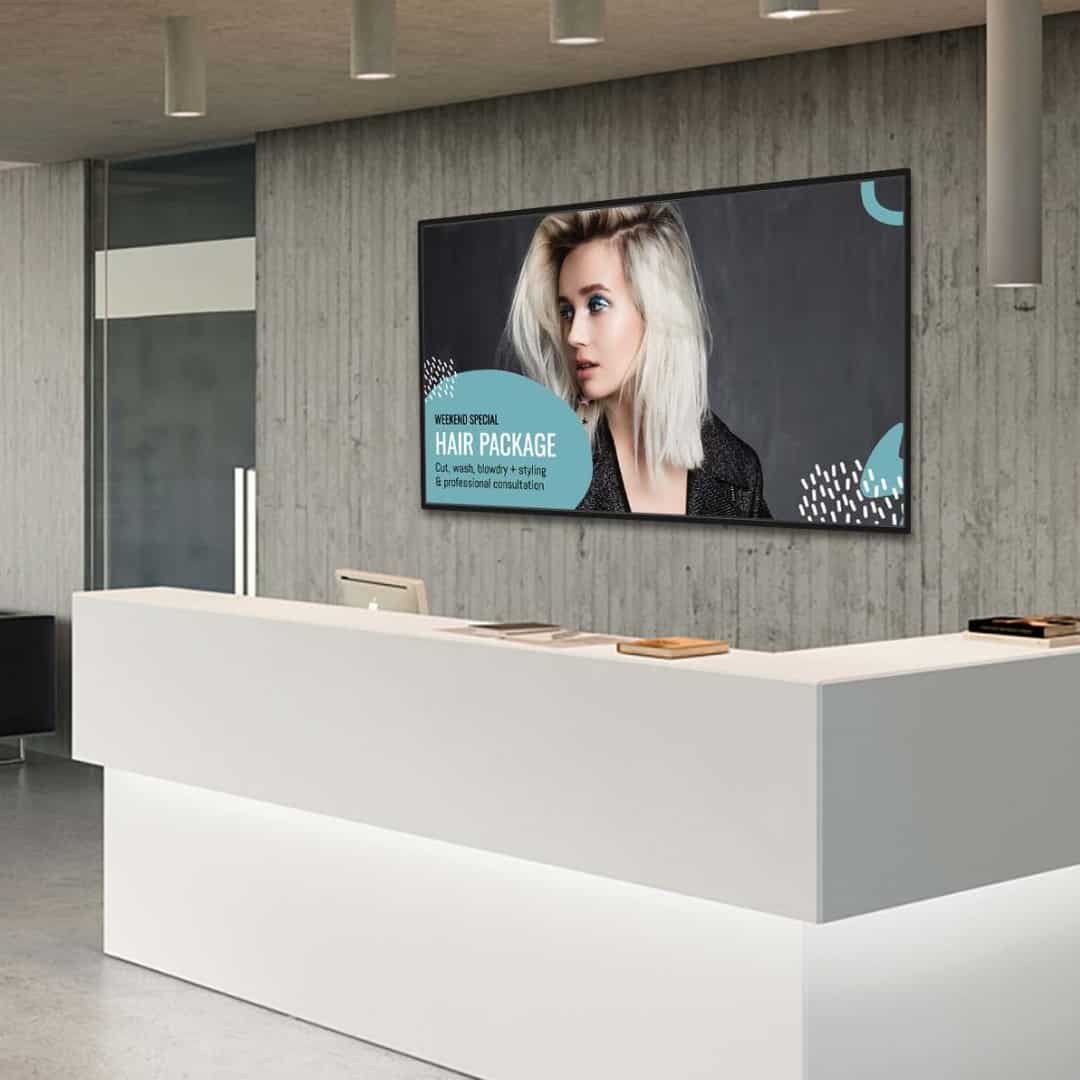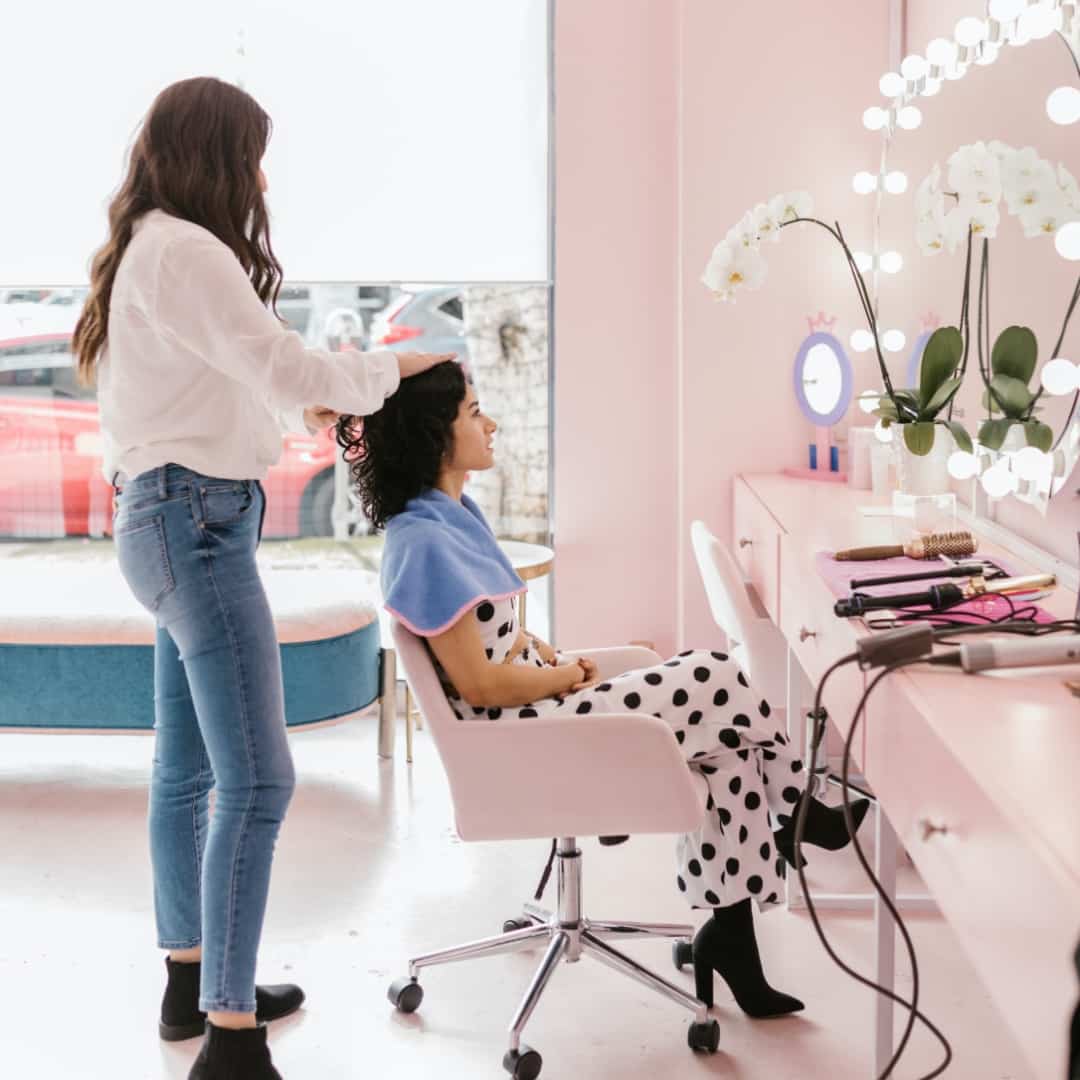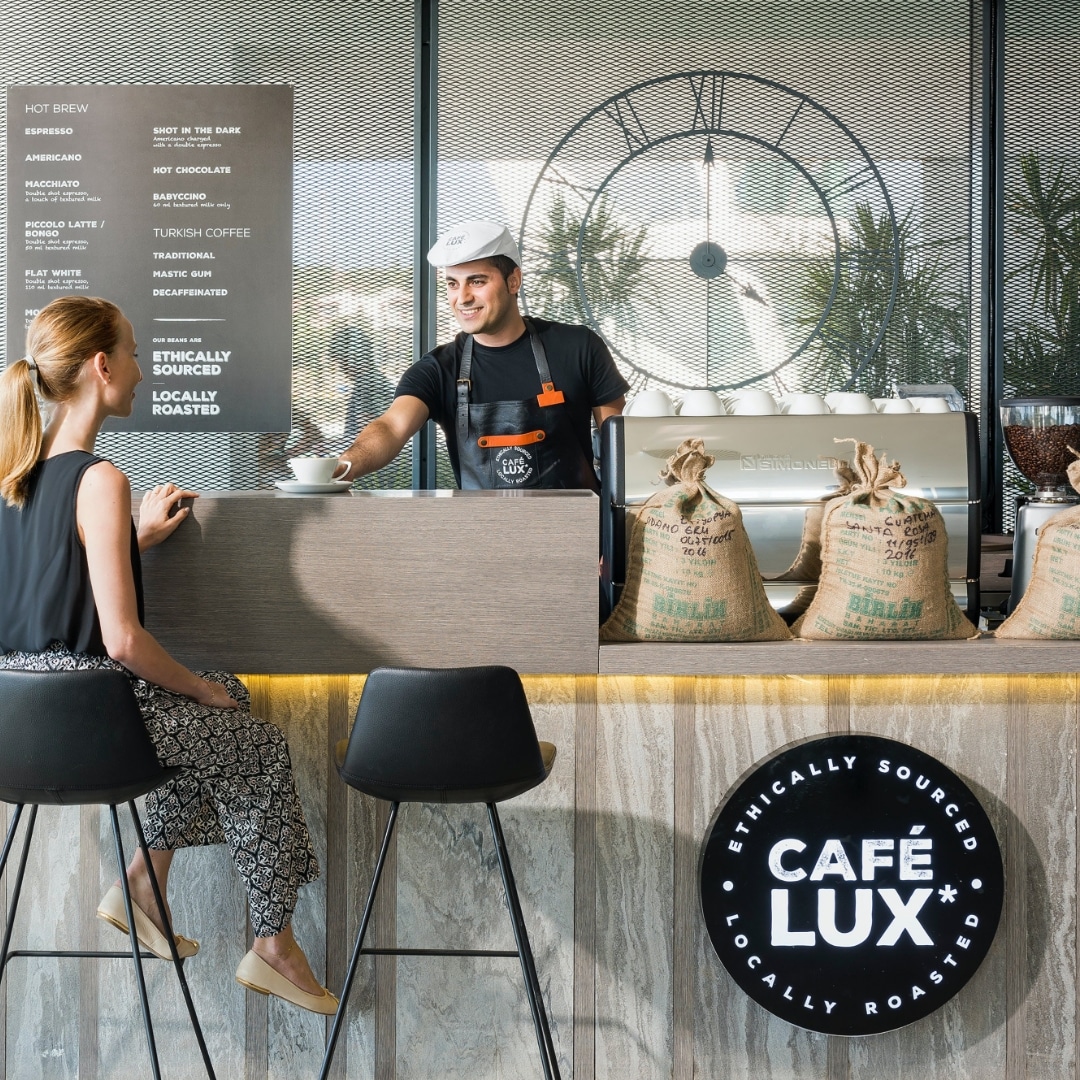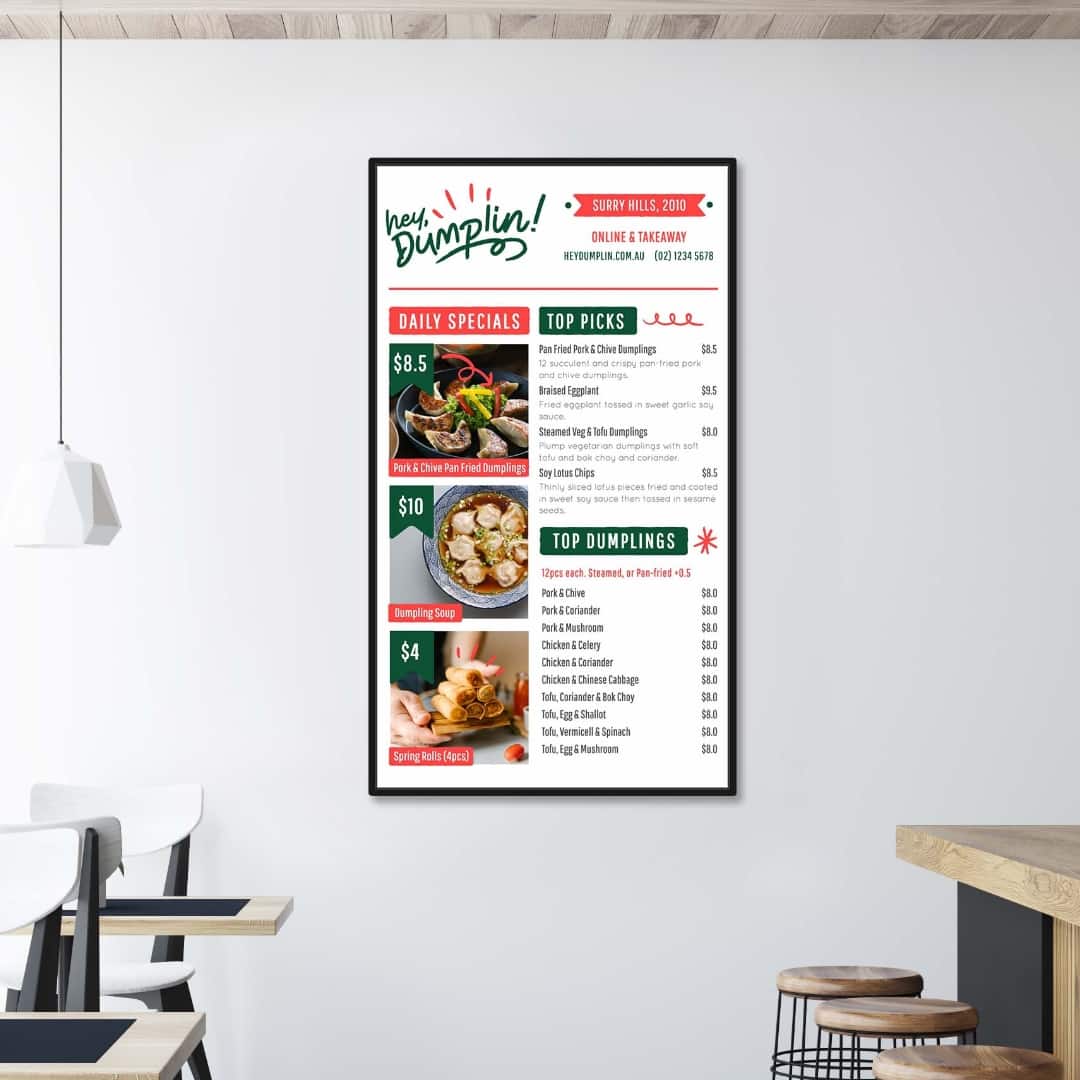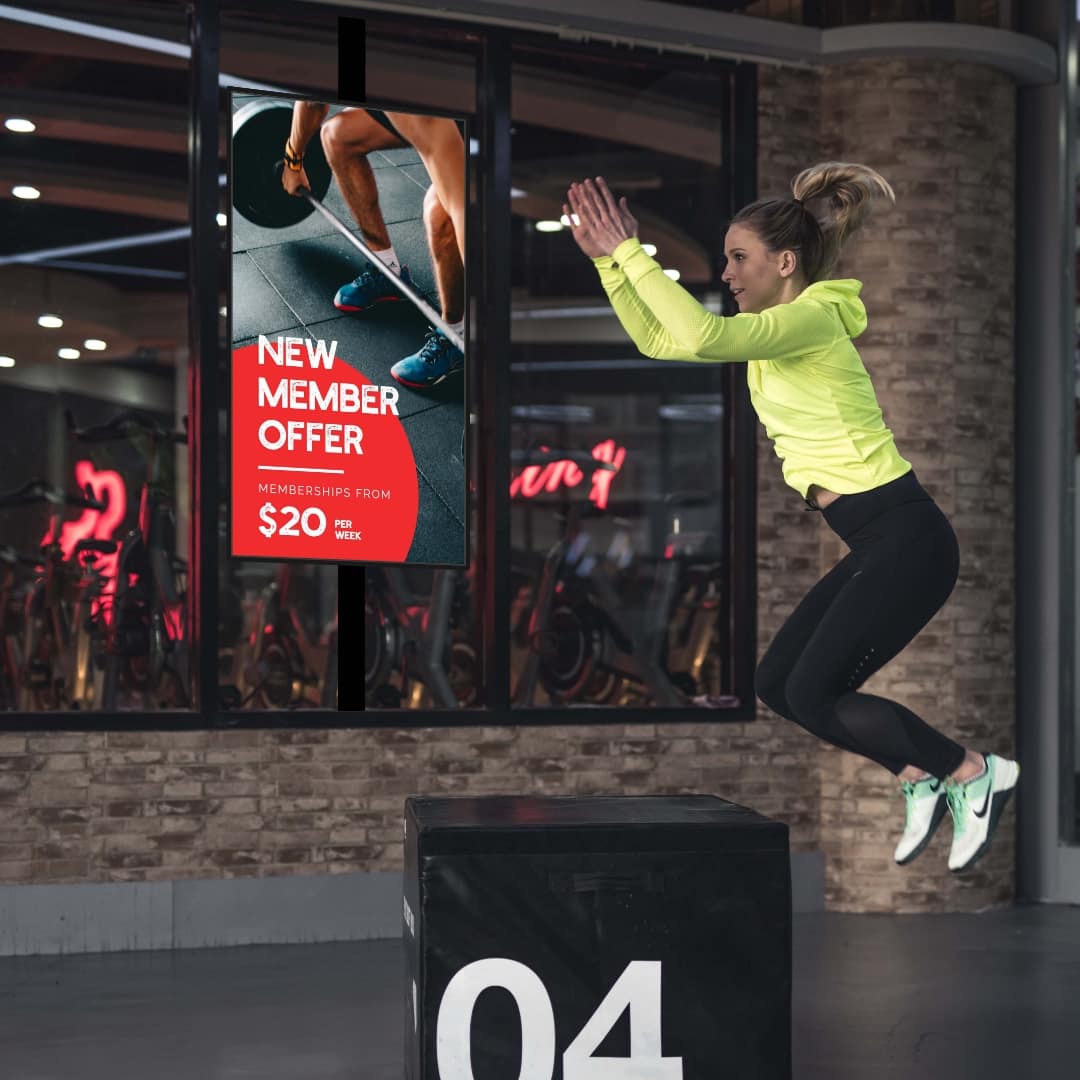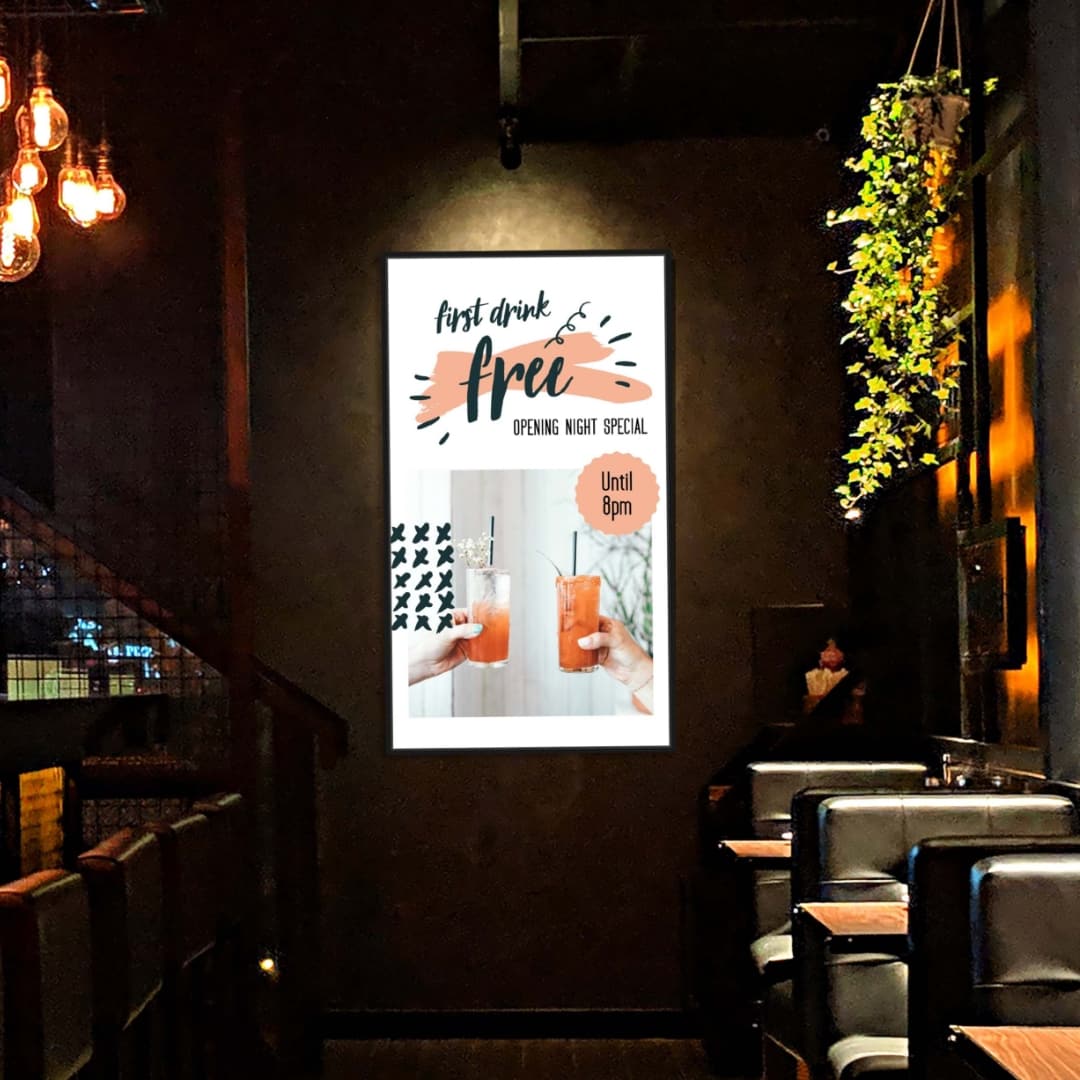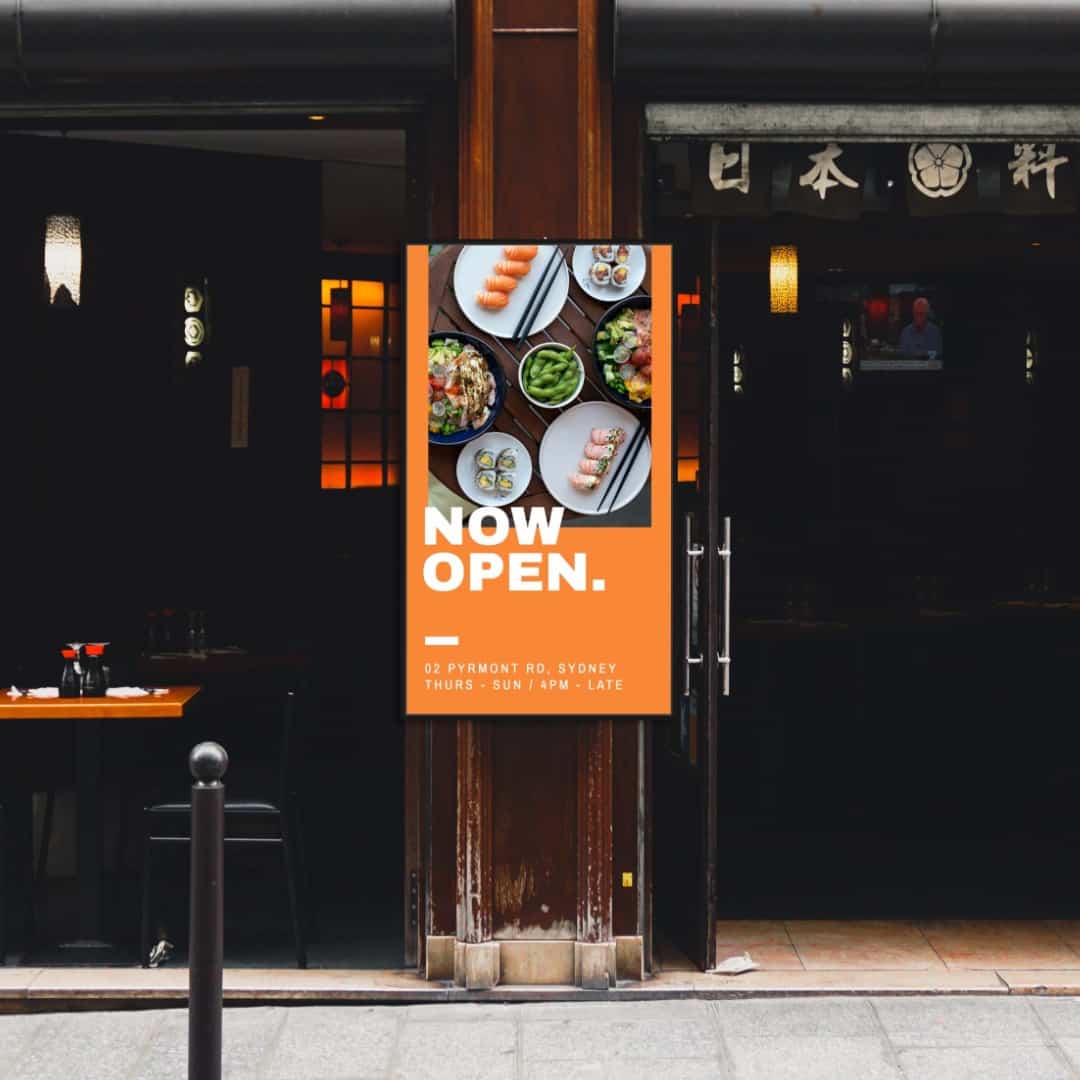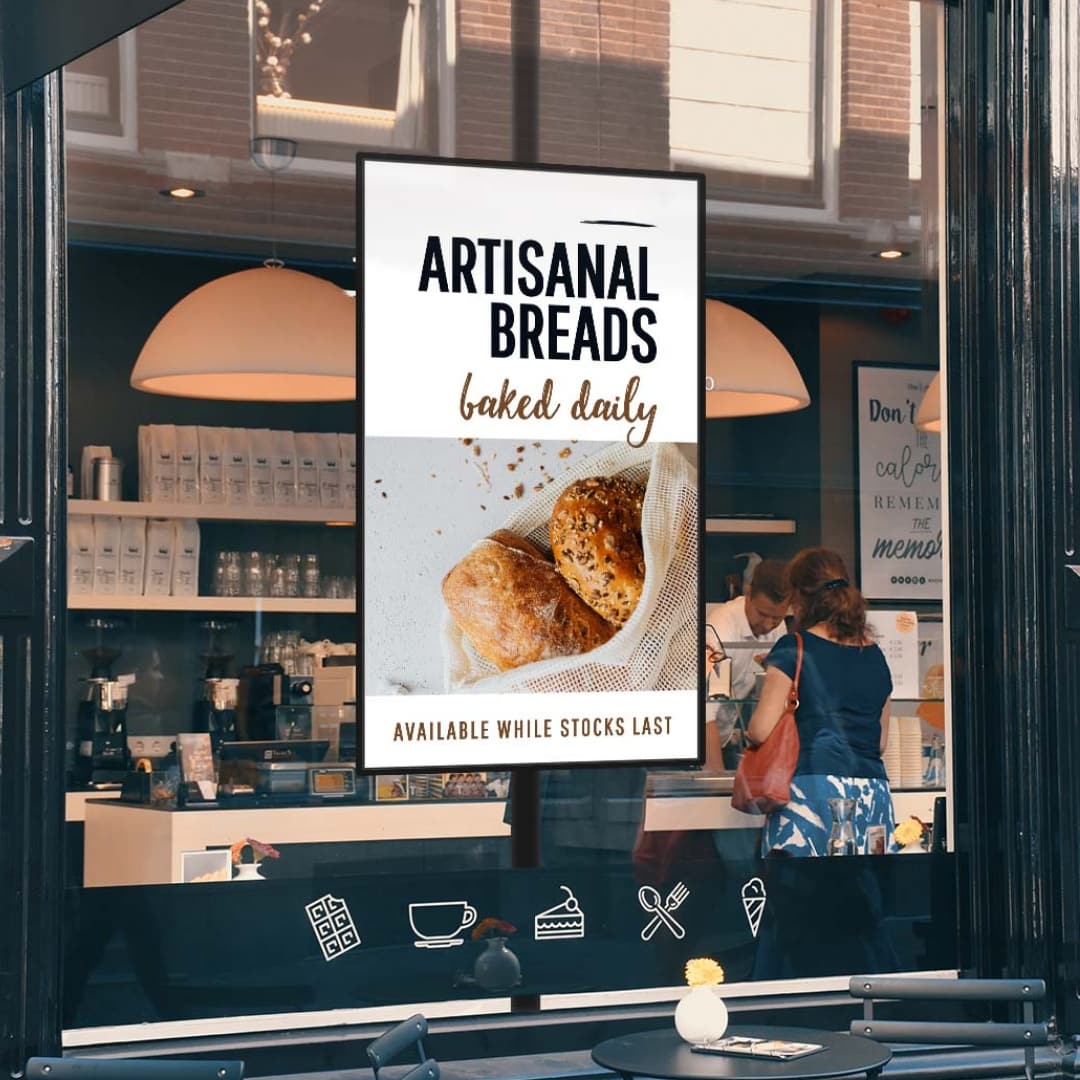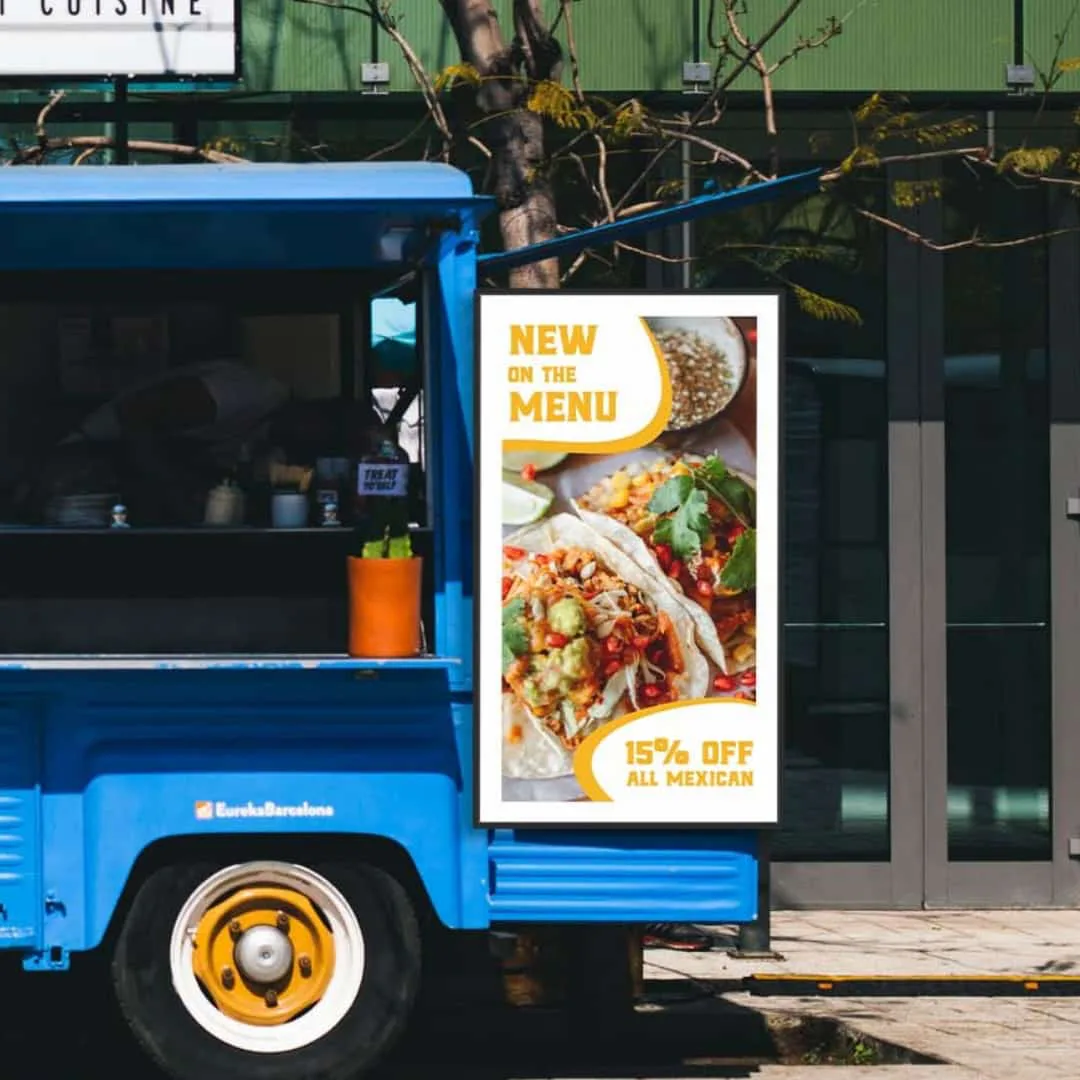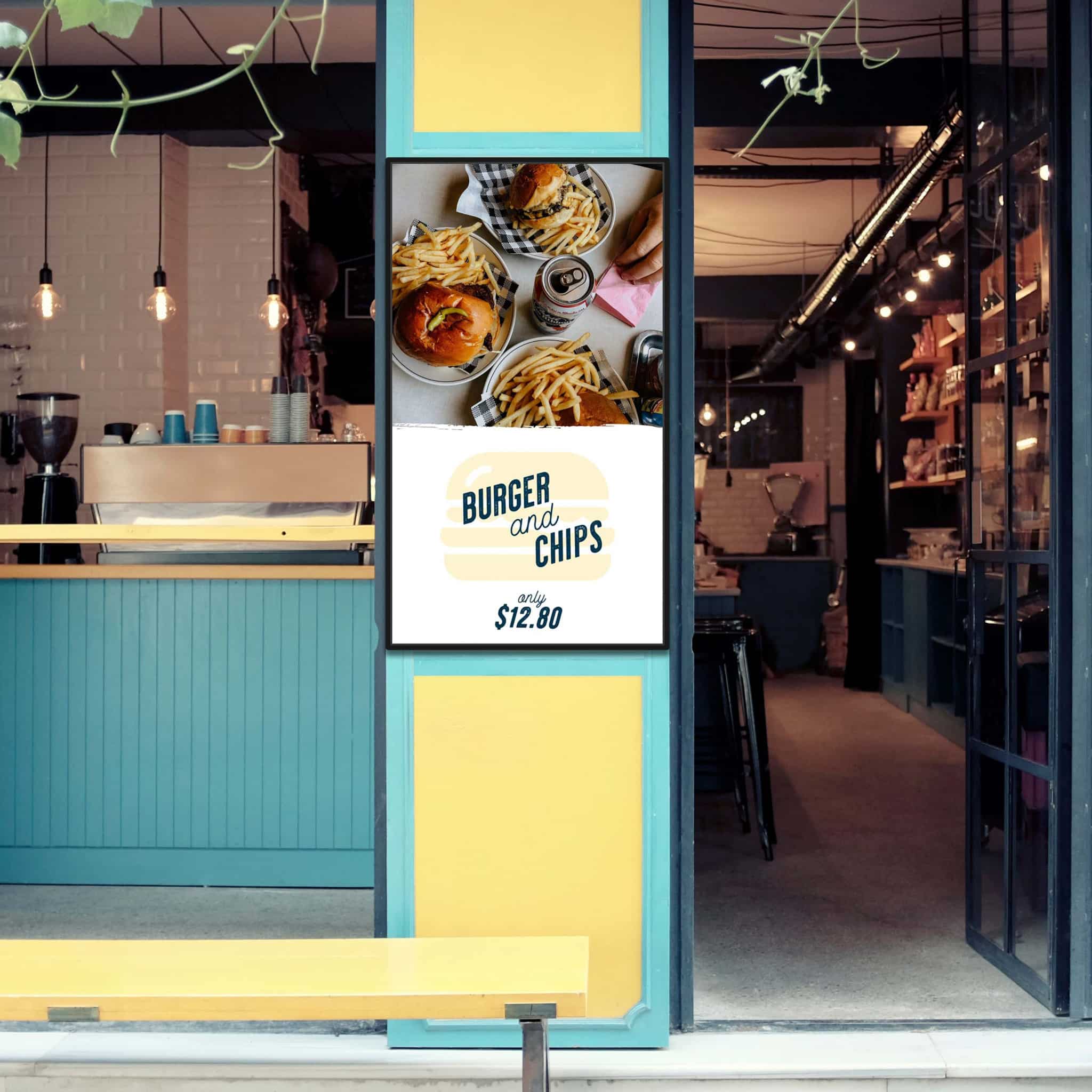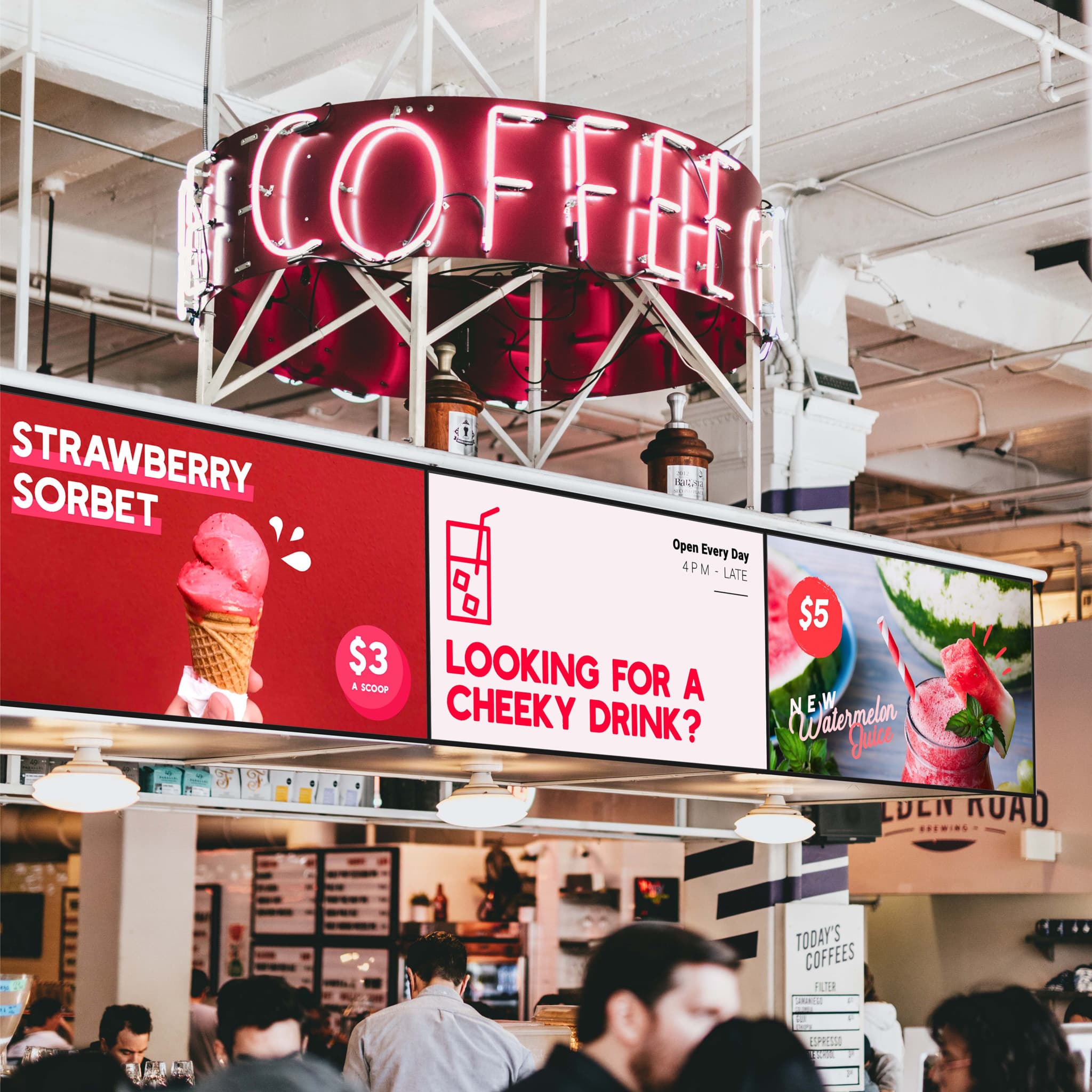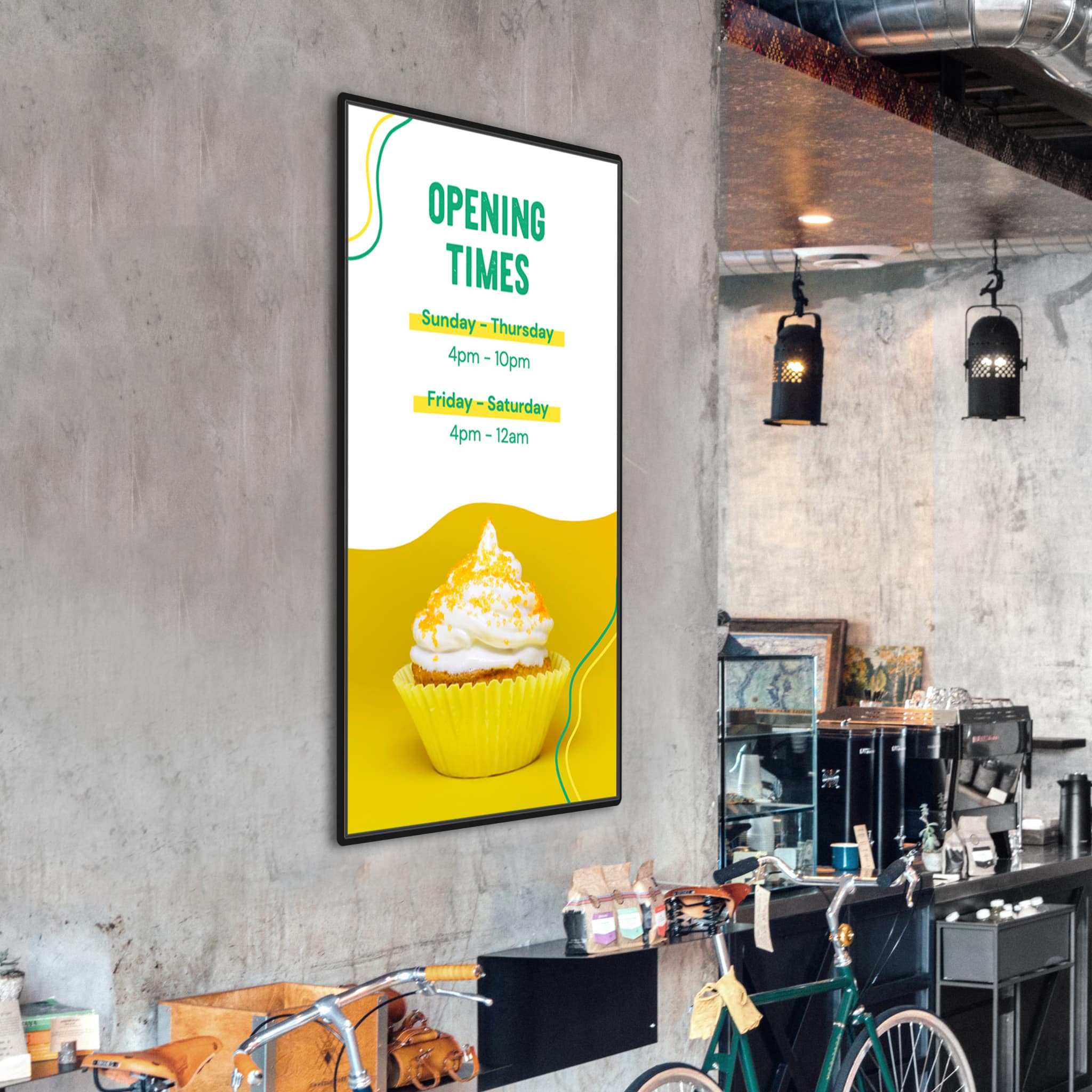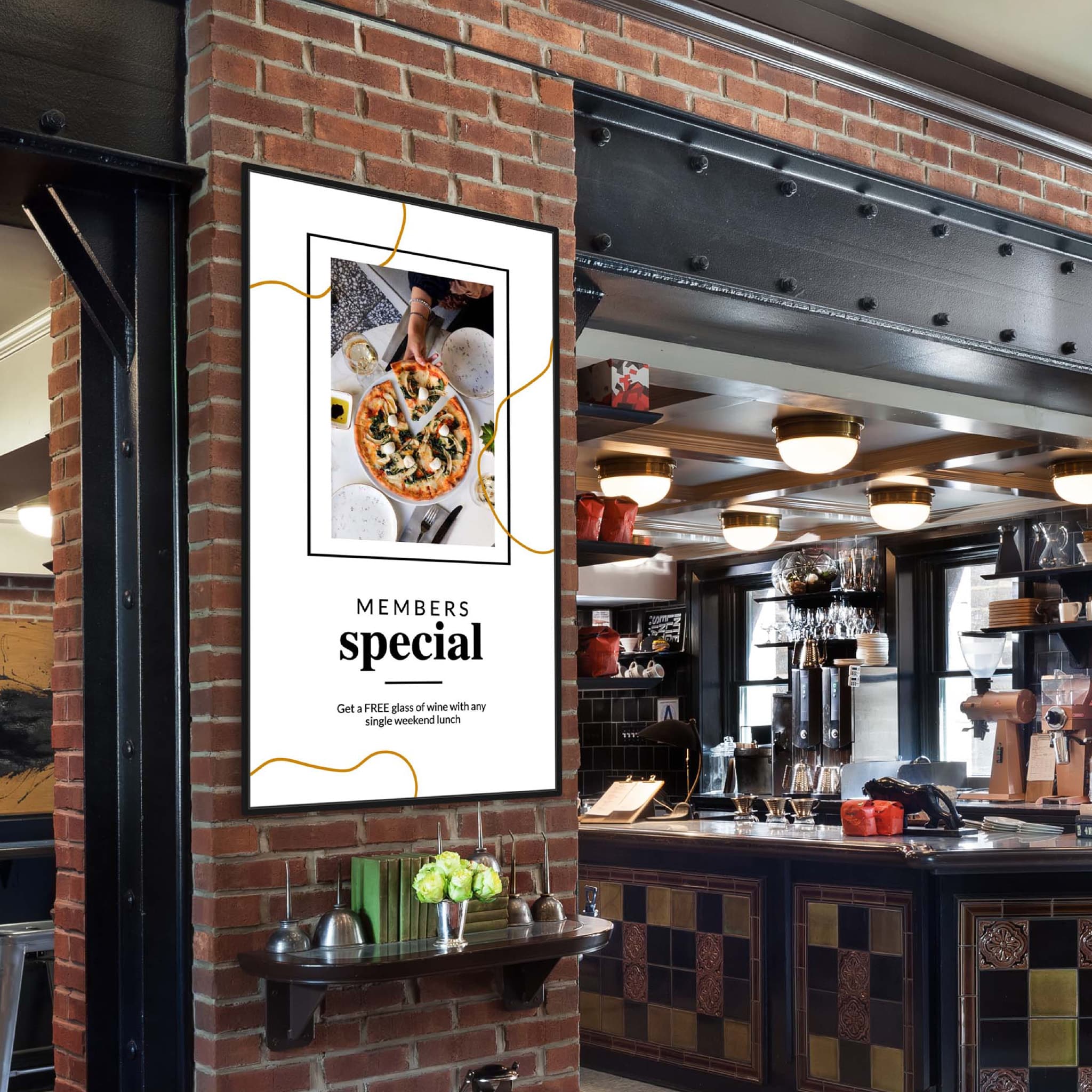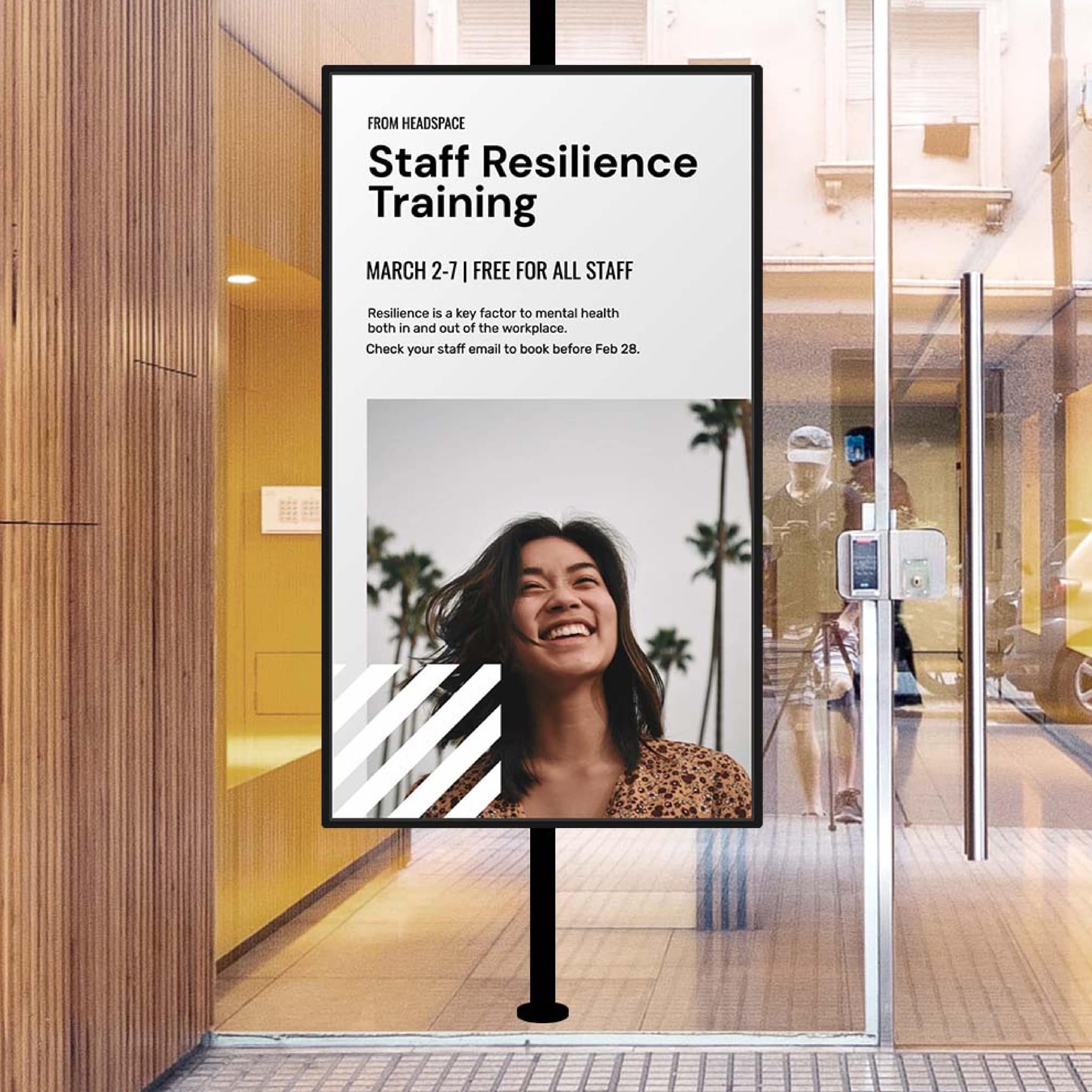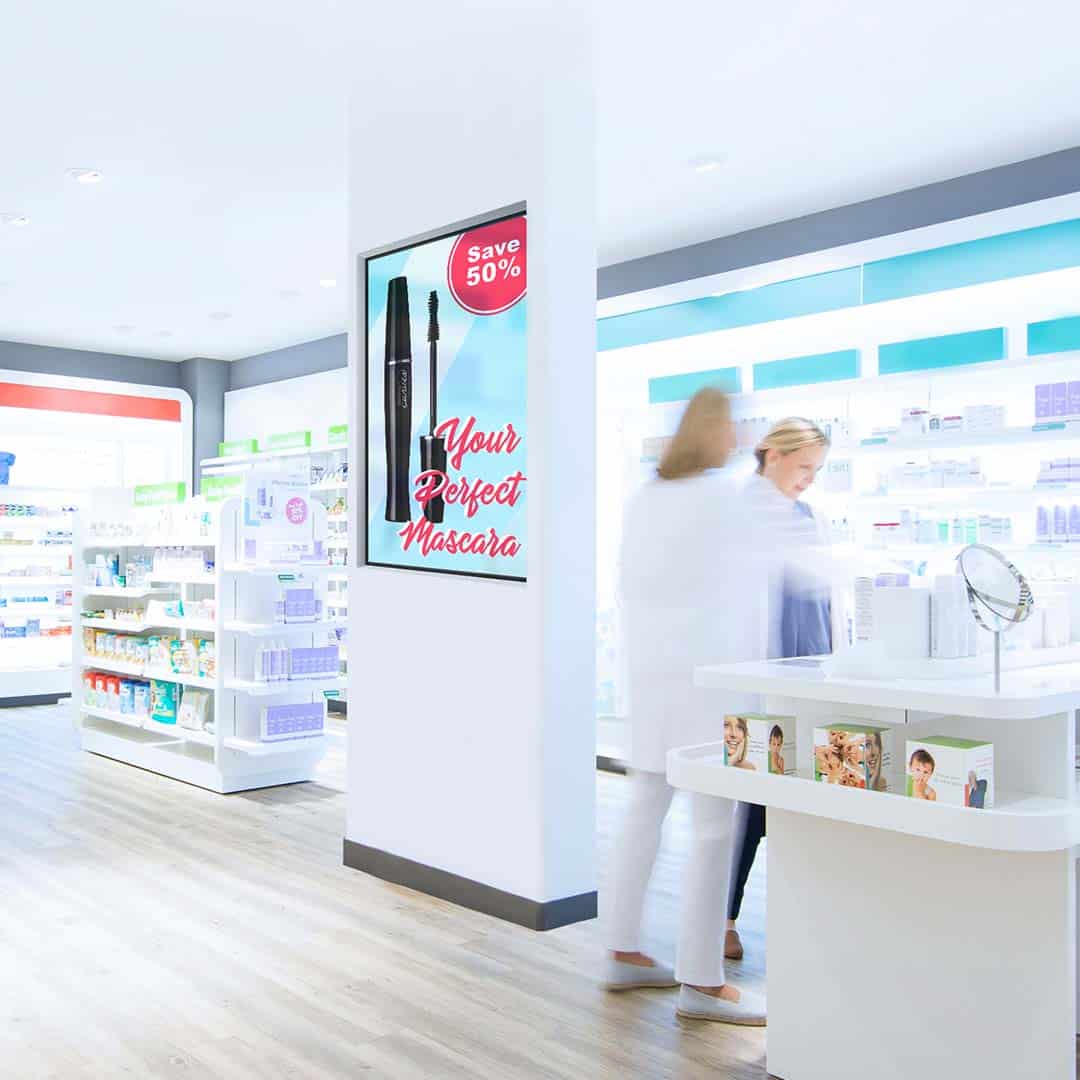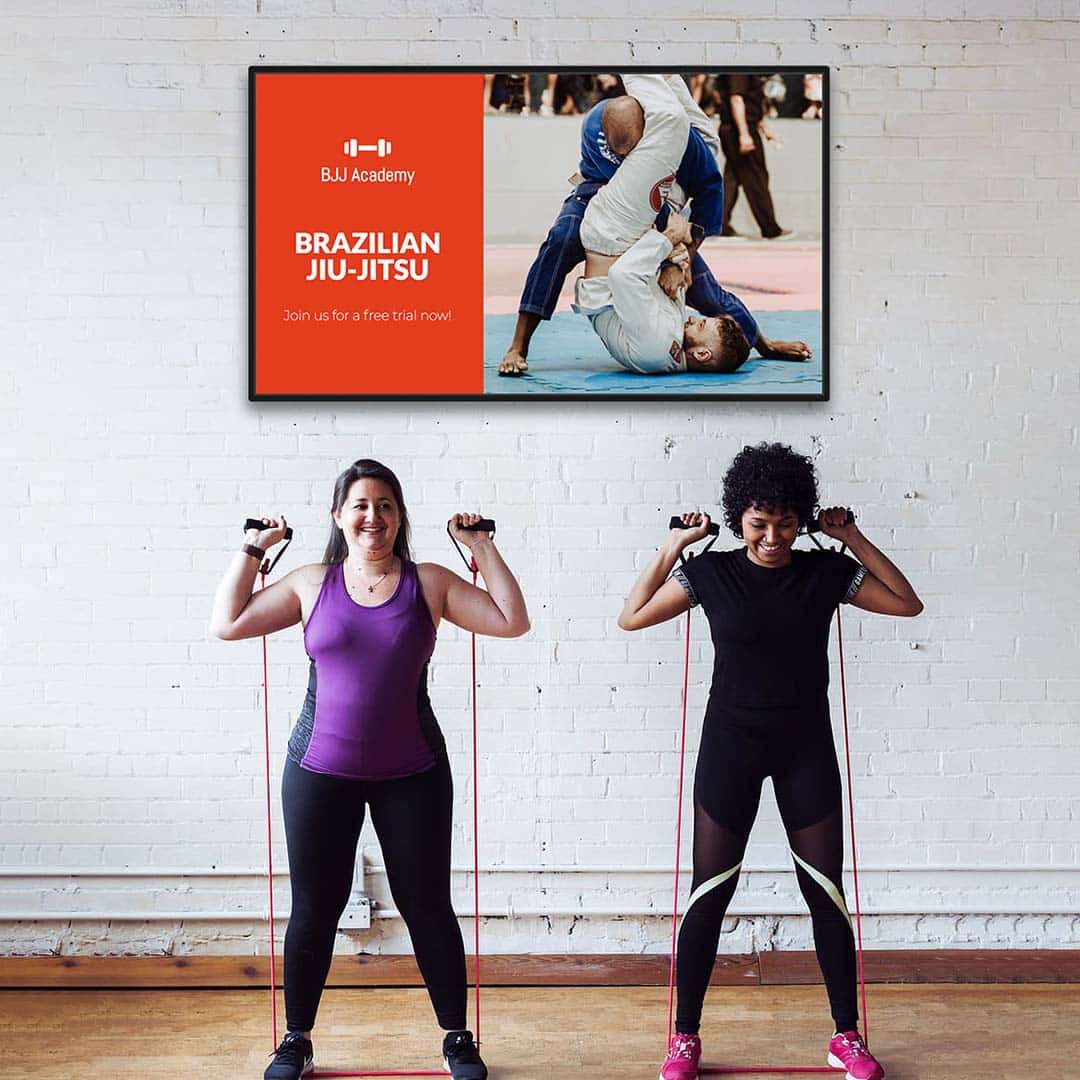Are you considering opening a retail store?
Bet you’re feeling a little apprehensive, and no surprises there. It doesn’t help when everyone you know says that brick-and-mortar retail is dead (which isn’t true – estimates show 75% of retail sales will still be offline in 2024). It turns out, people still want that in-person shopping experience, despite the convenience of online channels. Starting a retail business is a mammoth undertaking and it’s normal to feel overwhelmed. To help you tackle it one step at a time, here’s a comprehensive checklist with all you need to know about opening a successful retail store. Read through the detail and then download the checklist to your phone so you can tick the tasks off as you go. Best of luck!Retail store opening checklist
- Get your ducks in a row – business planning, research & finances
- Choose the perfect location
- Sort legals, licenses, permits and insurance
- Establish your retail store brand
- Develop your product and service offering
- Create your retail store marketing plan
- Select your vendors and start buying
- Get your team in place
- Open your retail store!
1. Get your ducks in a row – business planning, research & finances
With disposable incomes on the rise, the retail industry is growing. Whether you’re thinking of selling clothes, books, art supplies, furniture or electronics, the opportunities are abundant if you carefully develop a unique concept. Retailers often find their success when they add a personalized experience that their competitors are missing. Opening up a retail store is an exciting yet stressful time. Being well prepared can make it a much smoother (even enjoyable!) experience. You’ll be investing a lot of time and money, so it’s worth spending time planning to give your retail store the best chance of success.Make sure owning a retail store is right for you
First things first…are you cut out for this? Take our quiz to see if you’ve got the right skills and personality traits.- Are you a people person?
- Do you handle stress well?
- Can you multi-task?
- Are you creative?
- Are you a good delegator (and not a control freak)?
- Do you have good financial management skills?
- Do you have retail industry experience?
- Are you a good planner?
- Can you solve problems on your feet?
- Are you passionate about the items you’re planning on selling?
Brainstorm retail store concepts
Now’s the time to cultivate your vision. Do you want to sell books and toys for children? Women’s vintage fashion? Ethically sourced giftware? What special experiences will you offer? Many retail stores supplement their core products with income from value-added services like how-to classes or personal styling tips. The best way to differentiate your store is to build a unique experience that others can’t copy. Don’t try to be everything to everyone. Choose a well-defined niche and focus on building a personalized client experience. Ask yourself:- What will make your retail store unique?
- How will you be better than the competition? Are you competing mainly on price, convenience or high-quality products?
- Who are your target customers?
- Are you offering something people in the area want by opening a retail store?
- What kind of products will you offer?
- What kind of atmosphere are you looking to create?
Do market research
Understanding the market is critical when deciding if opening a retail store is right. Try these research strategies:- Do a Google search to see who the competition is and check their Google reviews to see what customers think of them
- Use Google’s free keyword planner to check the demand for specific retail stores in different areas
- Visit retail stores in the area to check out the competition. Talk to people and ask them what’s missing in the neighborhood
Write a business plan
A business plan is your road map. It helps you envision each aspect of your business and make sure you’ve considered everything. It describes your proposed store concept, details the market and showcases expected financials. It’s both the most challenging and important part of opening a retail store.Get funding
Now that you’ve chosen a concept and have a business plan that charts the road to success, it’s time to face facts - opening a retail store is not cheap. You might be lucky enough to have the necessary funds, but if not, there are plenty of retail store funding options available.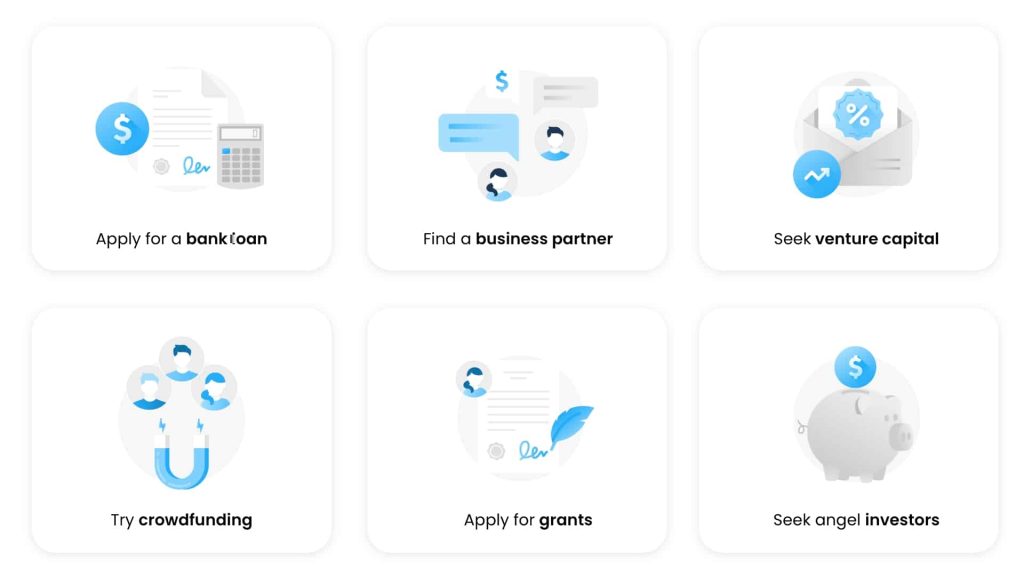
2. Choose the perfect location
Your retail store’s location is critical to its success. It will impact passing traffic and determine the demographics of your potential clientele. Thoroughly research different areas to check there’s a match with your retail store concept. You might be tempted to pick a cheap location and hope your marketing brings people to you but being in a busy area can often recover the extra rent. Try to be where your target customer spends their time.Do your research
- Who are your customers, and what is it about your offering that will keep them coming back?
- Who are the competitors? Joining a bustling retail store precinct can be good place for opening a retail store, or adding a retail store where there are no others can work too
- What else is in the area, and how can you capitalize on the surroundings?
- Is there public transport, good road access and plenty of parking?
- How busy is the area? Are other businesses well patronized?
- Are there population growth figures available from the local municipality?
Lease or buy premises
Consider opening a pop-up store in your chosen location to test your concept before committing. And once you’ve decided on your site, you’ll need to decide whether to lease or buy.- Inspect lots of options to learn about pricing and availability
- A busy location in a prosperous suburb will cost more, but the returns can be significant. Consider the passing traffic, and install bright signage to grab their attention and boost sales
- Negotiate hard so you get the best deal
- Before you sign anything, seek financial and legal advice
- Just remember, if the lease or sale price looks too good to be true, it probably is
3. Sort legals, licenses, permits and insurance
Covering the legalities isn’t the most fun part of opening a retail store, but it’s essential nonetheless. You’ll need to choose your business structure, from becoming a sole proprietor to a corporation. It’s common for retailers to become limited liability corporations to minimize personal risk, but make sure you get some legal advice to choose the right business structure for your personal circumstances. You’ll also need to thoroughly research what licenses and permits are required in your area for opening a retail store. Check federal, state and local government requirements as laws differ. Some applications take a long time, so get started well ahead of your planned opening day. Here’s a list to prompt your research:- Licenses: business, music
- Permits: signage permits
- Insurances: public liability, property, workers compensation
4. Establish your retail store brand
Retail store branding goes far deeper than choosing a name and designing a logo. It’s about carefully curating an image for your retail store that differentiates you from your competition and connects with your customers. Good branding gets you noticed, builds loyalty and increases sales.Document your unique brand position
With your vision, mission and target audience in mind, clearly define what it is that you’ll do better than anyone else. Think about the personality you want for your retail store and how you want people to feel about it.Choose a retail store name
Naming your new retail store can be tricky. Do some brainstorming or get help from a branding agency if you have the budget. Ideally, choose something that has a connection with your retail store concept, is easy to spell and say, and stands out from the competition. Make sure the website url is available and that you don’t use an existing trademark. Pick something that will stand the test of time.Develop your visual identity
It’s time to get creative and design your logo, fonts and color scheme. Depending on your budget, choose a low-cost option through sites like Fiverr, or seek support from a brand design agency.Design the interior and exterior
How your retail store looks has a huge effect on how people feel about visiting it, how long they’ll spend in-store and ultimately how much they will buy. Your layout will depend on the type of products you sell and how much space you have. Some products (like books or pet supplies) are best suited to a functional grid-style layout, while others (like clothes) suit a creative, free-flow design. Consider using digital signage to promote impulse buys, stock clearances and to direct customers to your more profitable lines. Work with engineers, architects and interior designers to design the interior and exterior of your retail store. You’ll need to submit drawings to your local authority for approval.
Install signs so people know you’ll be opening soon
As soon as you can, put up exterior signage. Digital retail store signage works best because the eye-catching graphics and animations grab the attention of passers-by. You can update your messaging remotely in minutes and display a countdown to opening day to build excitement for your launch.
5. Develop your product and service offering
Now that you’ve nailed your brand, you can move on to creating your product mix. In a retail store, it’s important to remember that you’re providing an experience, not just selling products. That’s what will keep clients coming back.Put together your offering
You’ll have a basic idea of the services you want to offer, but what other products and services could complement them and build a winning range? Now is the time to work through the detail. Your range needs to be tightly woven with your overall store theme. Picking the right product mix at the right price will make or break the success of opening a retail store.6. Create your retail store marketing plan
Your retail store marketing plan details your target audience and how you’ll reach them. It helps you be more organized and successful with your marketing strategies. Set a budget and plan for:- Advertising: online, social media and newspaper advertising
- Promotions: schedule specials, bundle deals and loyalty discounts. Partner with local businesses to develop cross-promotions
- Events: schedule your opening night party, new product line launches and family and friends shopping nights
- Website: A retail store website that shows your location, services, opening hours and reviews at a minimum is essential. A whopping 97% of customers search online to find local businesses. There are DIY options for website building, or you can outsource. You also might want to consider having an online store to serve customers further afield
- Social media: Customers expect to communicate with you via social media and it’s a great way to reach more customers. Target the platforms your customers use, and if you’re not sure, set up Instagram and Facebook at a minimum. Images and videos work best for engagement. Ask your customers to follow your page to access exclusive updates and discounts. Give products away to local identities and ask them to share snaps of themselves using your products for a (practically) free influencer program
- Reviews: a massive 91% of people read online reviews before choosing a local business. Set up your accounts on Google My Business, TripAdvisor and Yelp so that you can keep track and respond to reviews
7. Select your vendors and start buying
You’ll need a lot of equipment to transform your empty space into a bustling retail store. Shelving, displays, trash cans…the list goes on. Not to mention cleaners, security, and whatever else your retail store needs. You’ll also need to build strong partnerships with the vendors who will supply your products. Without merchandise to sell, you won’t have a business. Consider their pricing, quality and customer service reputation. Don’t put all your eggs in one basket – spread your risk by having many reliable suppliers. You’ll need to choose all your vendors carefully. Interview them as if you were hiring a staff member and generate some healthy competition for your custom. It’s worth exploring and investing in retail store technology. You’ll need systems to help you manage POS, inventory, ordering, finances, staff, reporting and promotions. Innovative solutions like retail store management software and digital signage have transformed retail store businesses for the better. It’s essential whether you’re selling furniture, electronics, sporting goods, books, office supplies, art supplies, homewares, gifts, fashion or pet supplies. They streamline operations, enhance the customer experience and boost profits.8. Get your team in place
Successful retail stores need to find and keep the best staff. Personality and attitude are more important than cash handling skills, which you can easily teach. Your team must connect to the retail store's culture and be passionate about providing a great customer experience. Being reliable, punctual and great team players is also critical.Advertise and hire staff
Advertise everywhere. Digital channels like job websites and social media platforms will give you a big pool of applicants but don’t forget to use offline techniques. Job ads on your exterior digital signage could find great candidates who would value the chance to work locally.Train your team
Retail store customers rely on the expertise of staff for product recommendations and demonstrations. Invest in their education to give your customers the best experience possible. You’ll also need to make sure they know the ropes for cleaning, payments and customer service. Plan a training session at the store to bring their learning to life. You can demonstrate your expected behaviors and use your digital signage to deliver engaging training that enhances culture.9. Open your retail store!
After months (or years!) of planning, the time for opening a retail store of your own is finally here.Have a soft launch
A trial run with friends and family in an exclusive invitation-only shopping event is a great way to give your staff some practice and iron out any kinks before opening to the public.Have the grand opening
With a successful soft launch behind you, your team knows the drill and your venue looks impeccable. It’s time for the grand opening. Promote your opening day heavily on your window signage and social media channels. Offer discounts and specials and offer prominent local influencers free products in return for some love on their social media channels.Good luck with everything
Opening a retail store isn’t easy, but it’s hugely gratifying. Follow these steps to establish a thriving business, provide for your family and establish a career that allows you to help people access the products they need.Written by Lachlan Ross
Marketing Manager at Mandoe
I’m a SAAS-focused marketer with 10+ years of experience who likes to think I’ve got a way with words - thanks for stopping by and checking out this blog.
